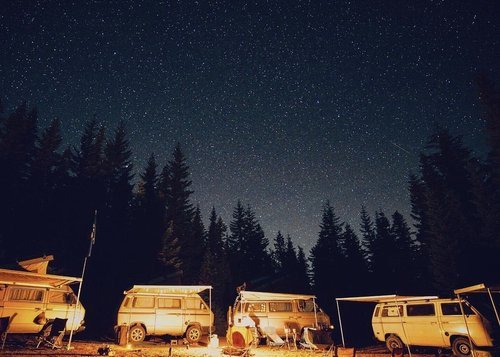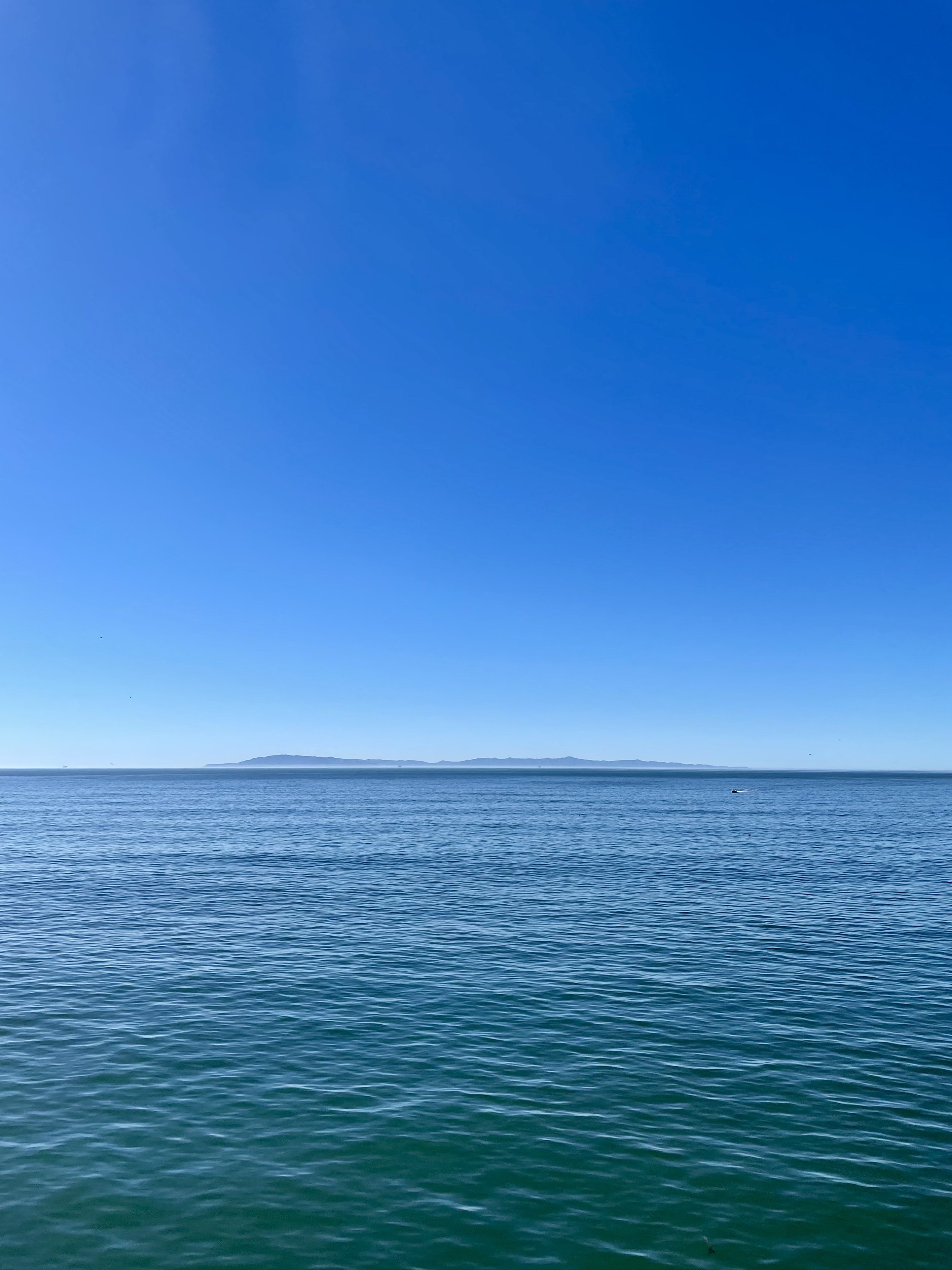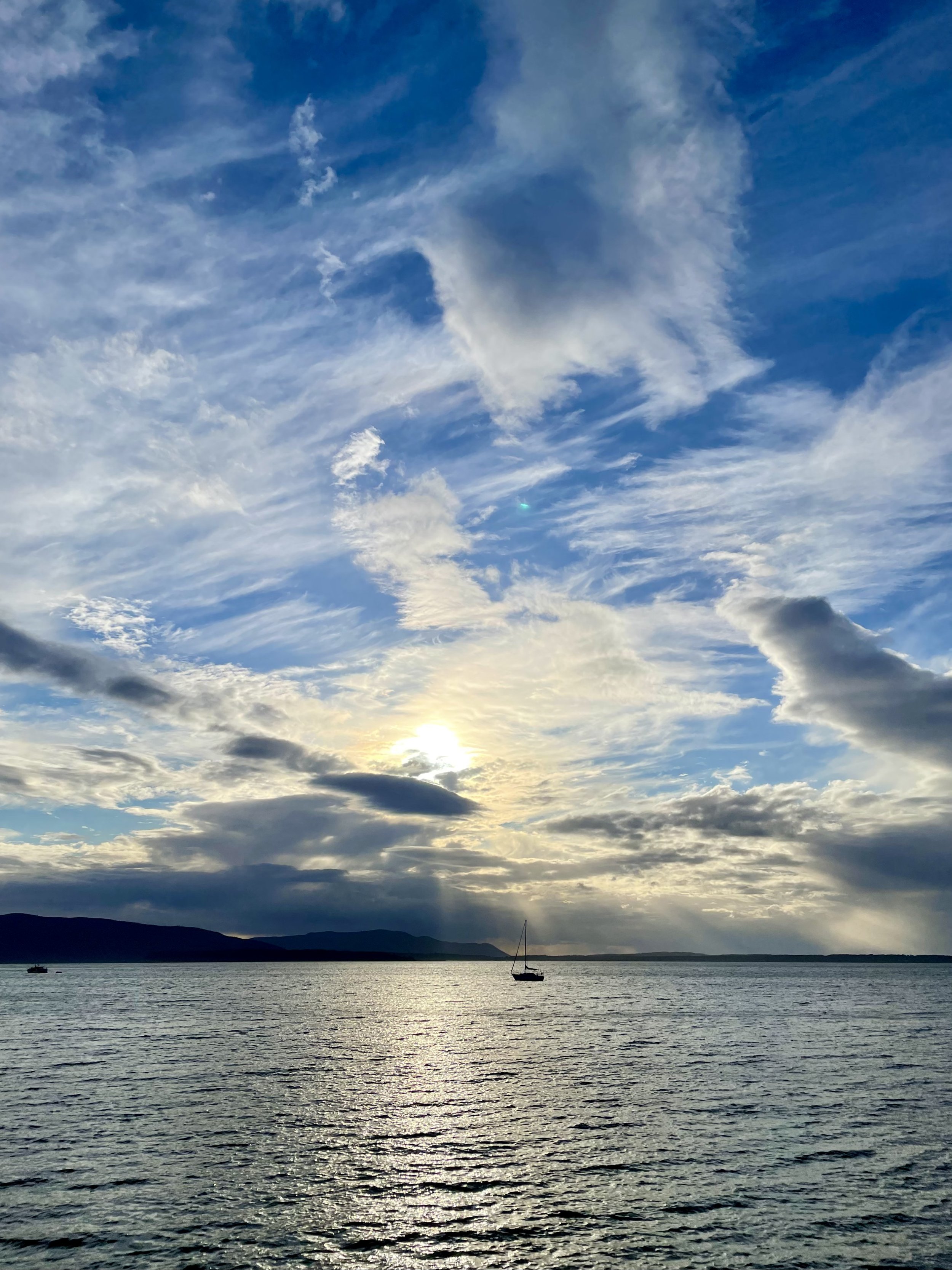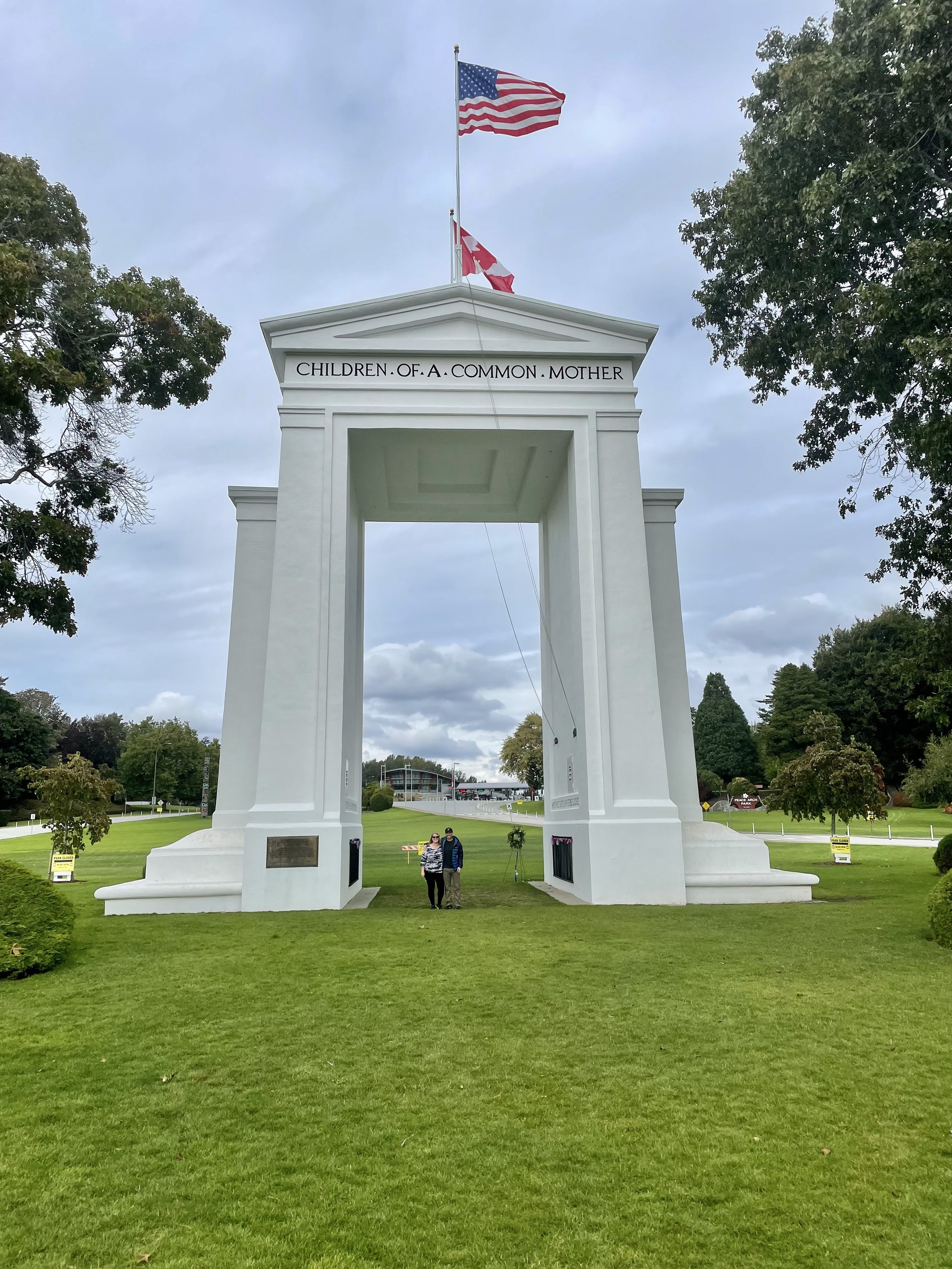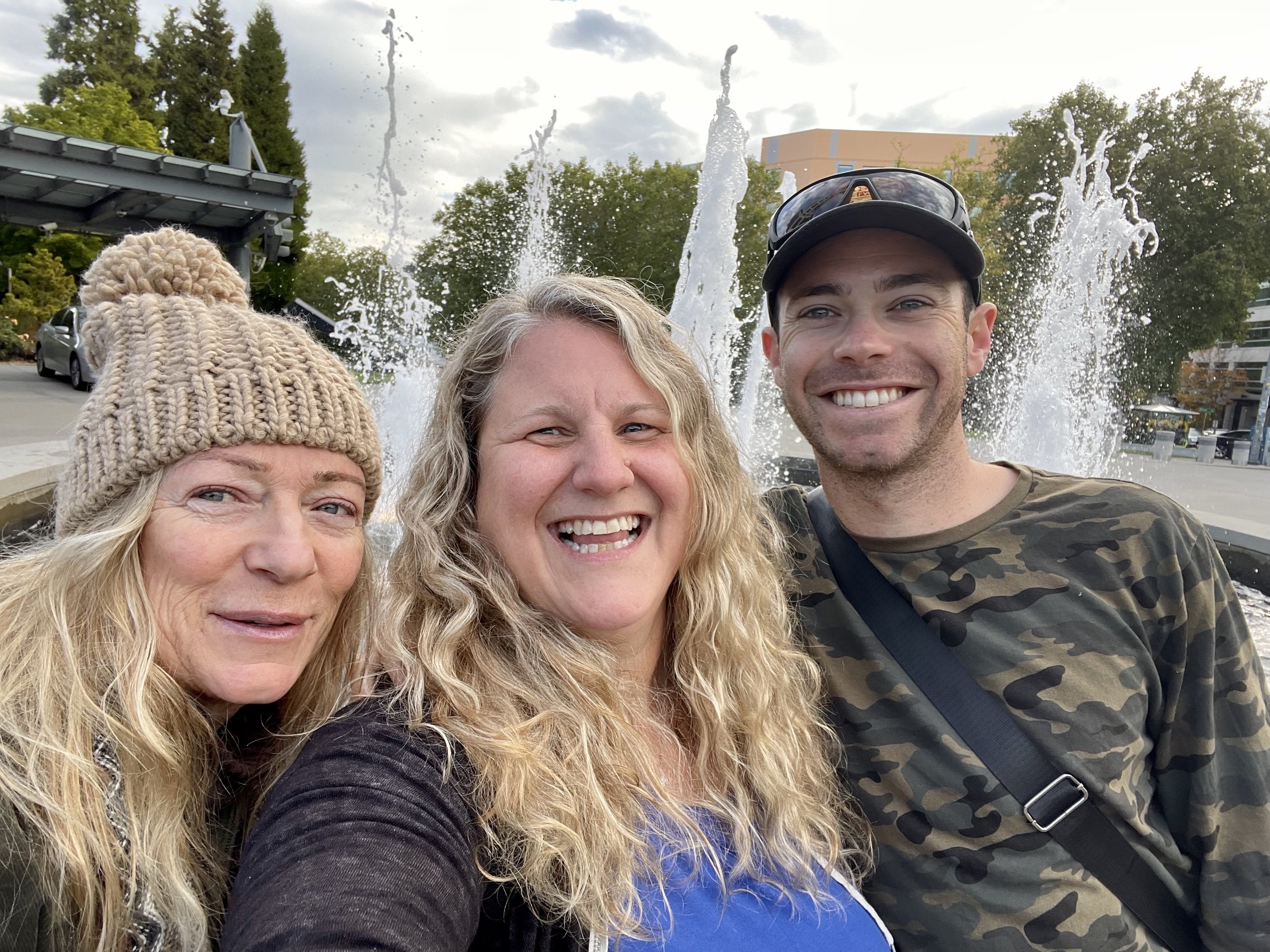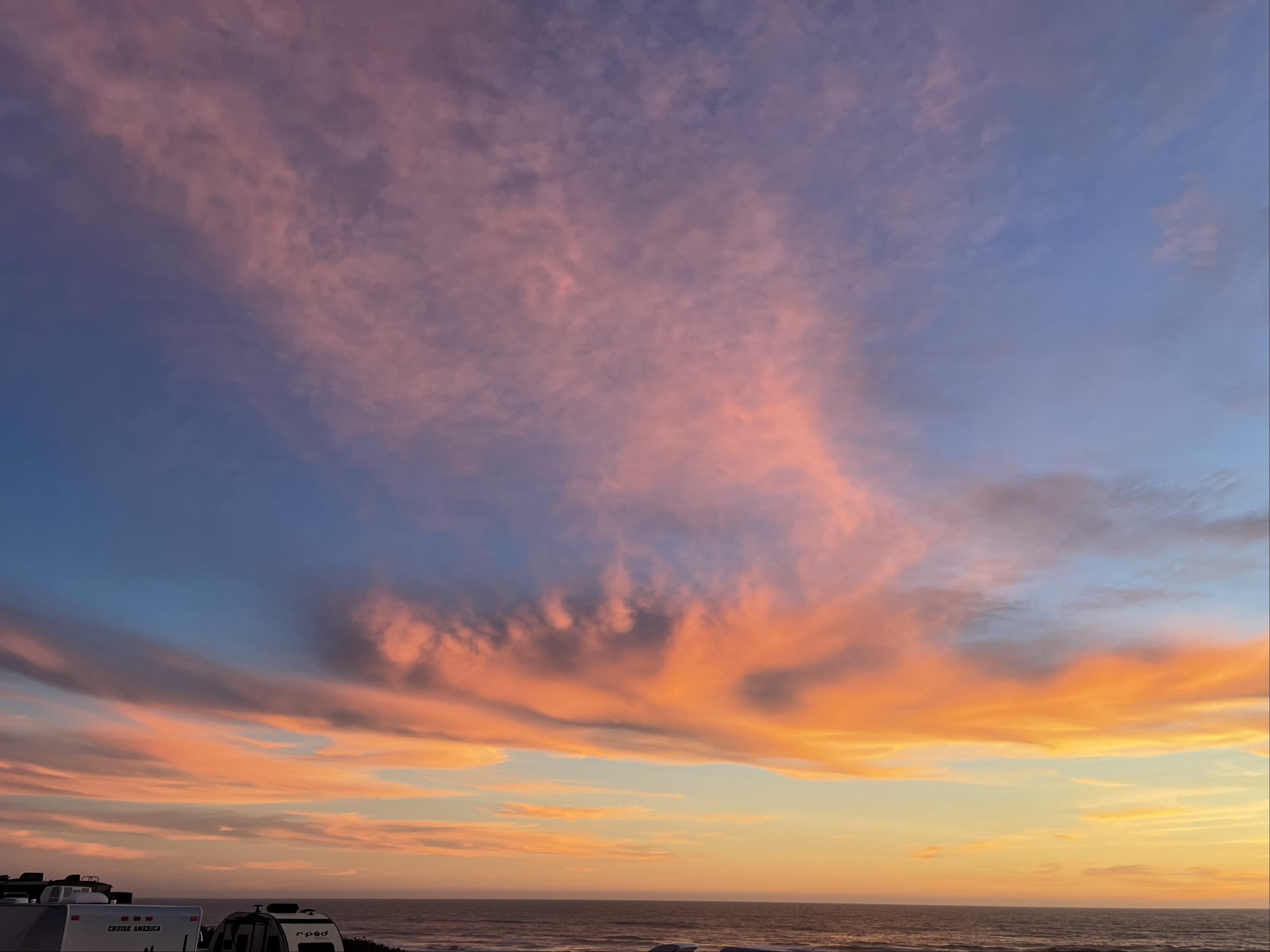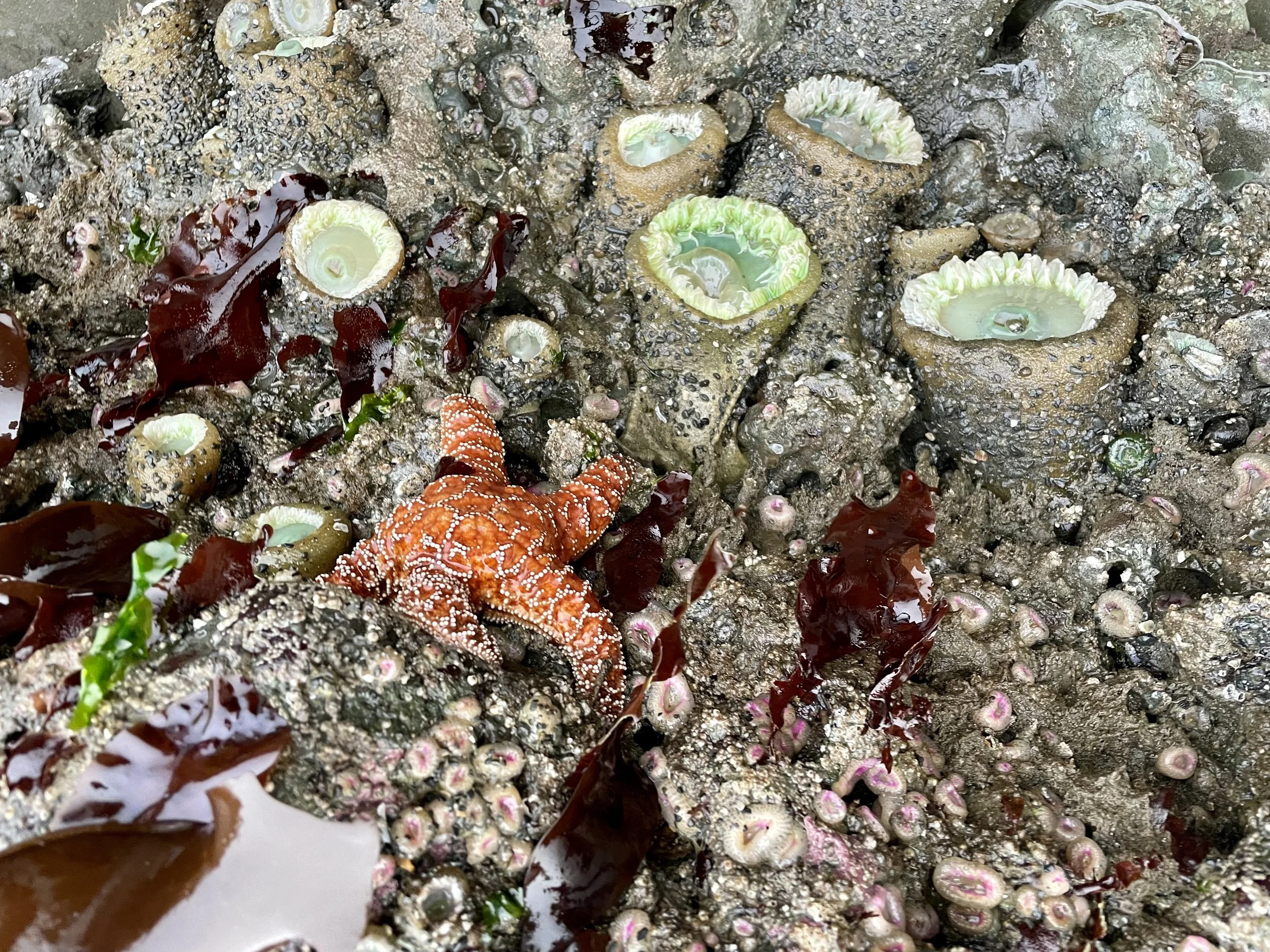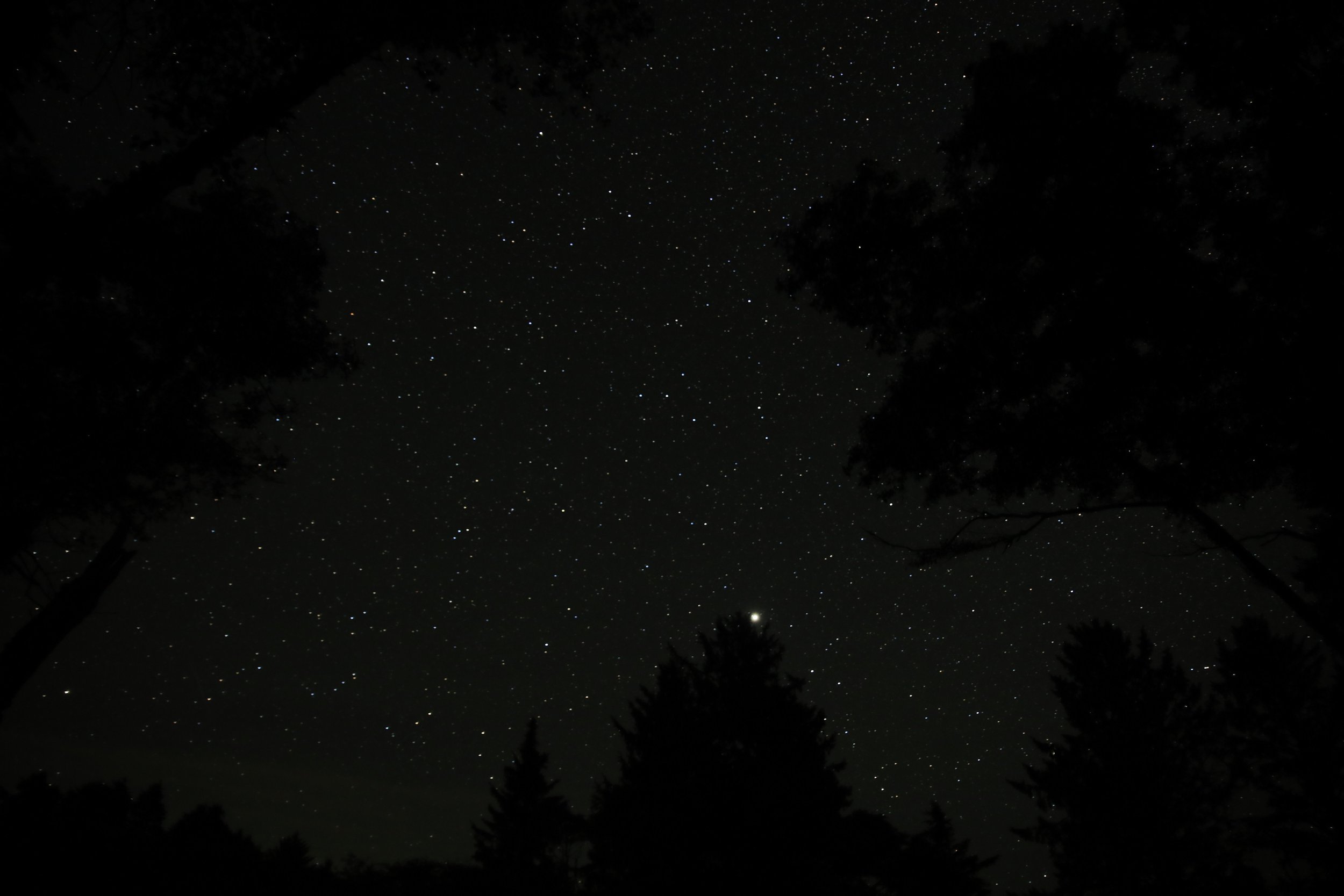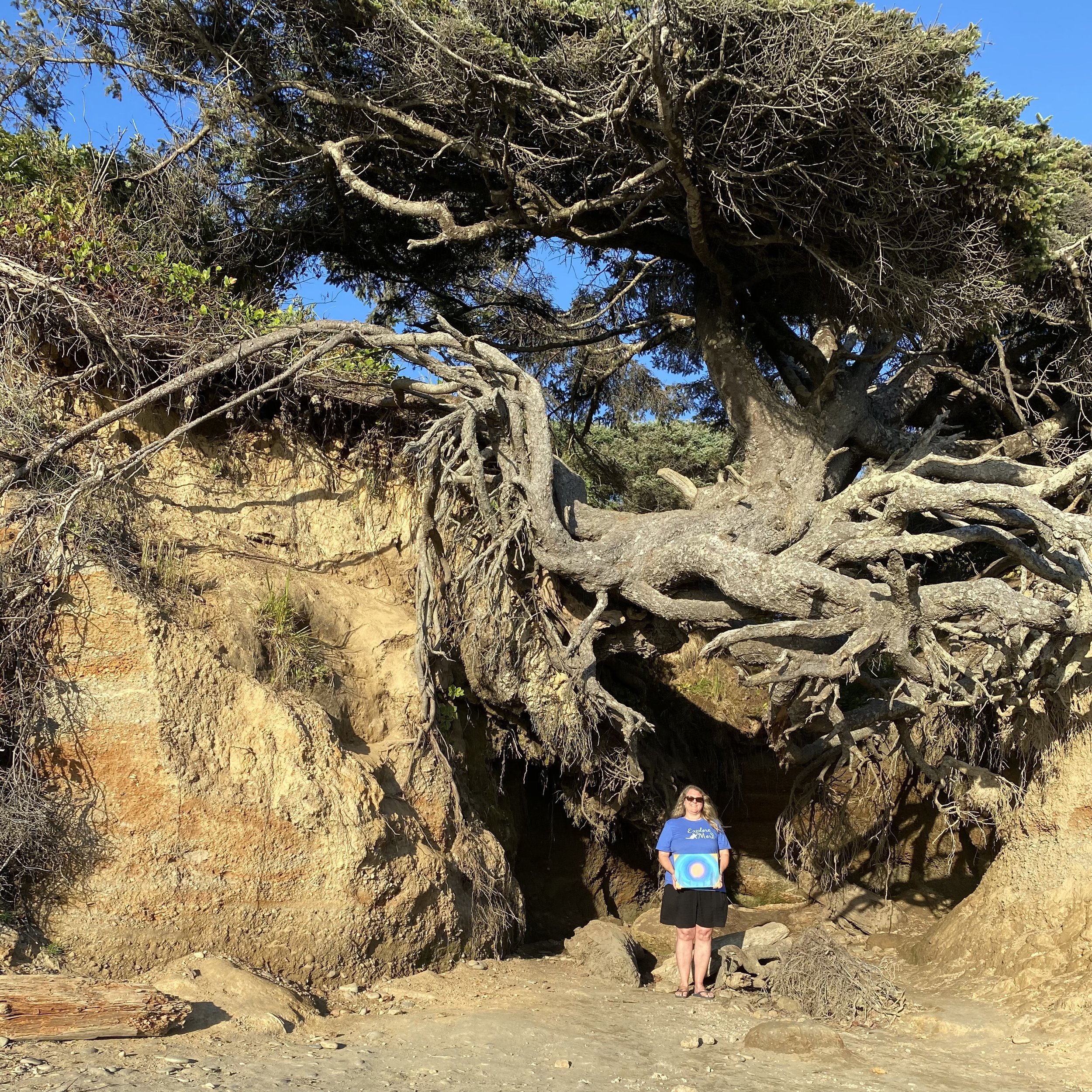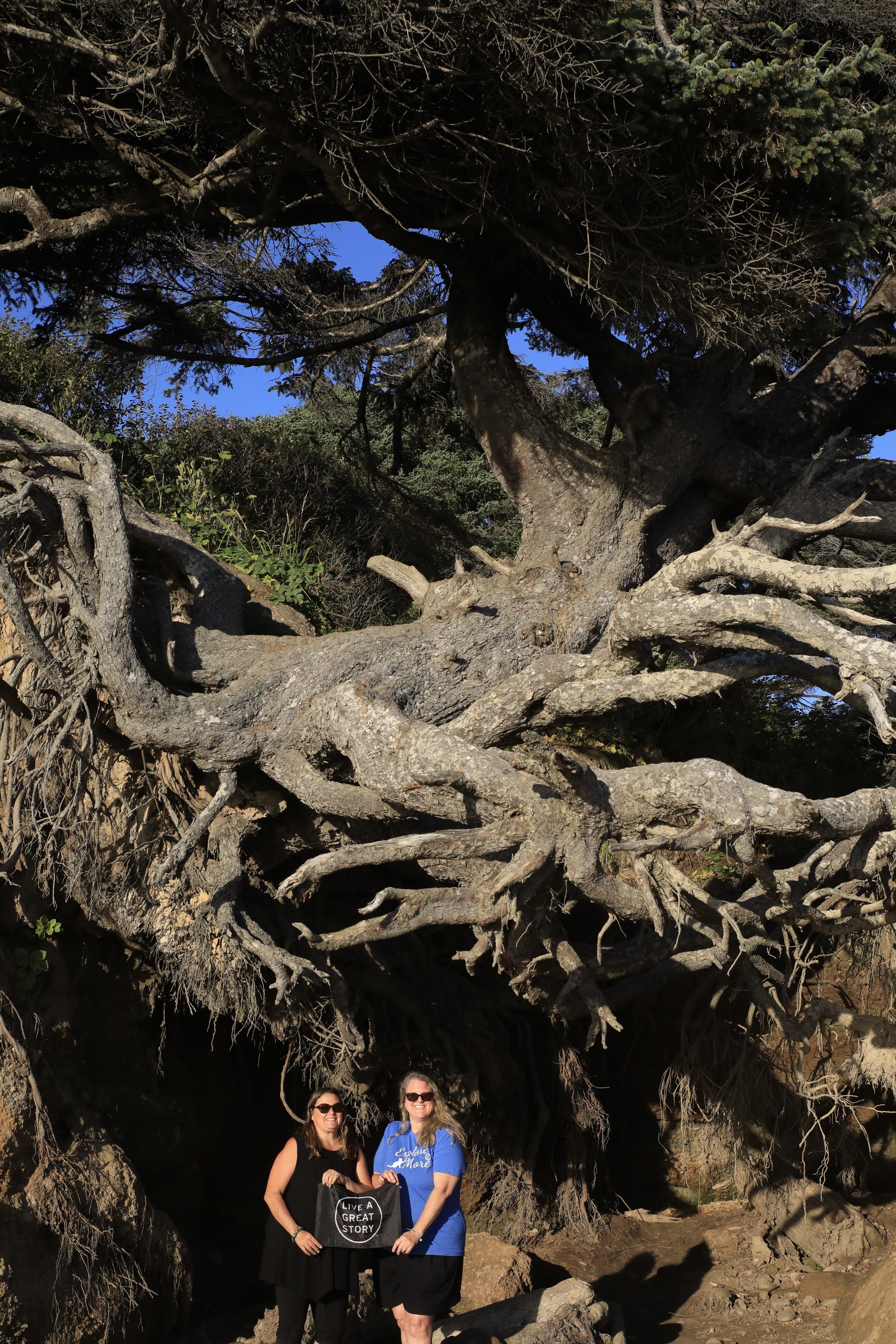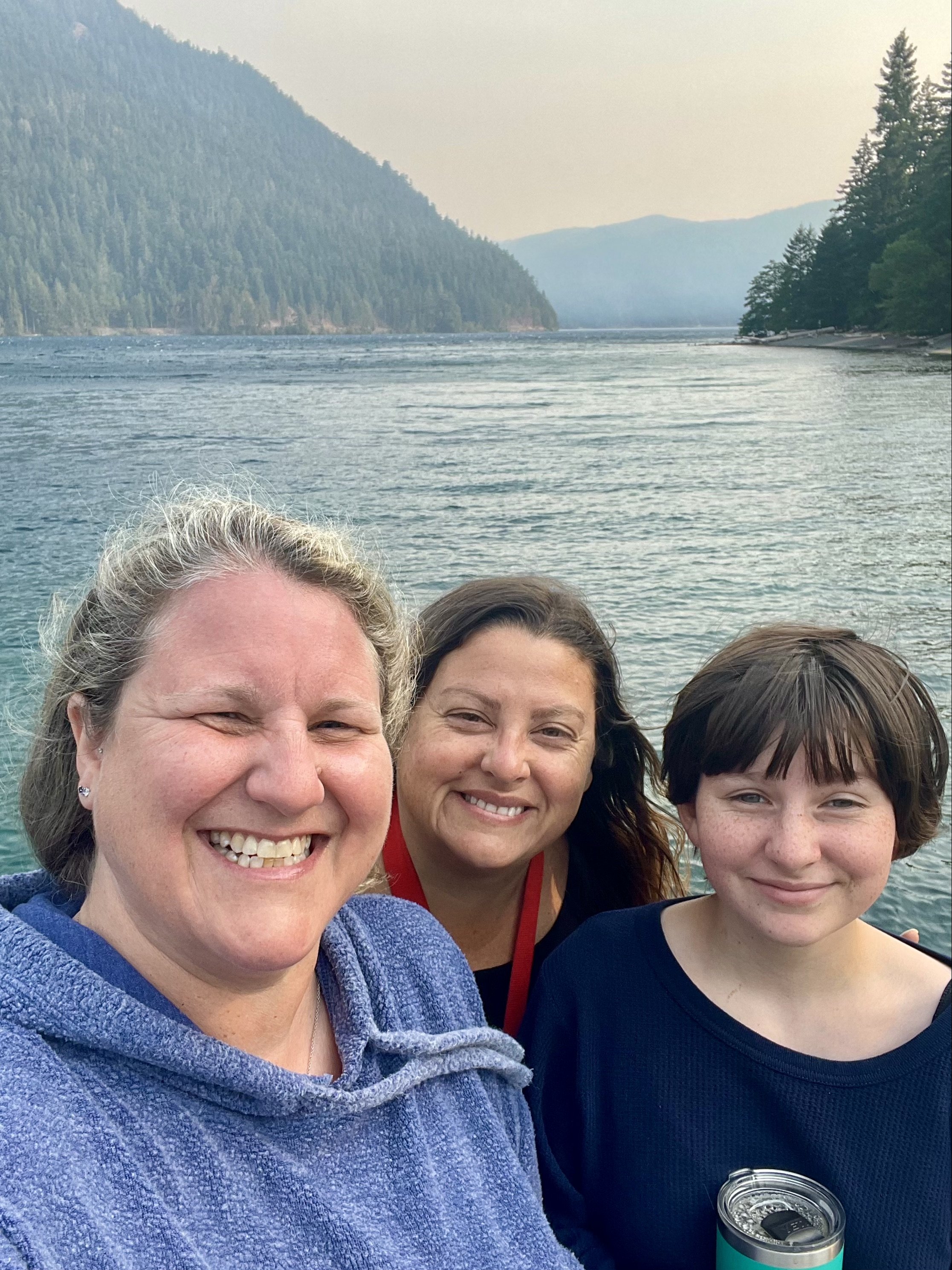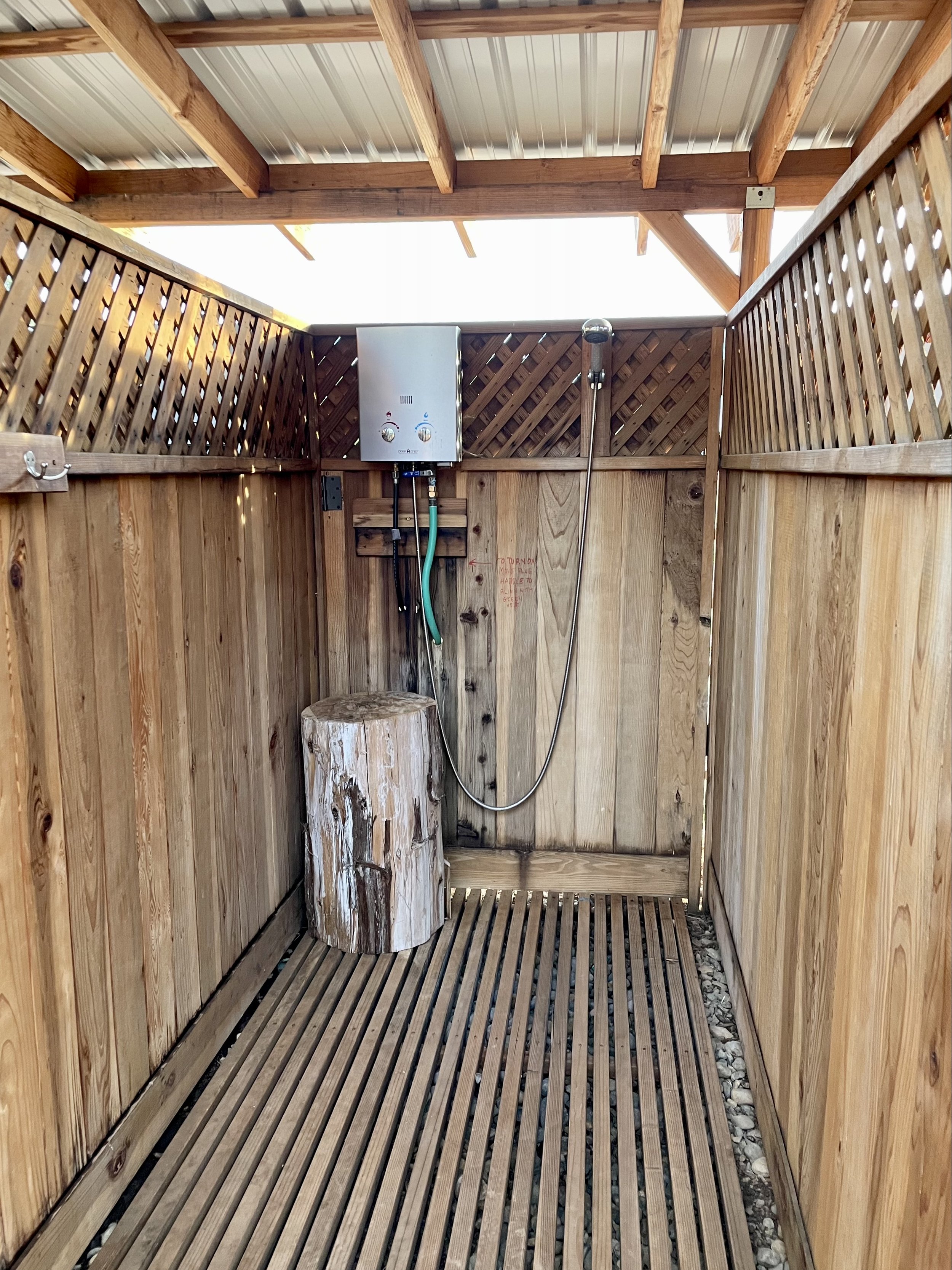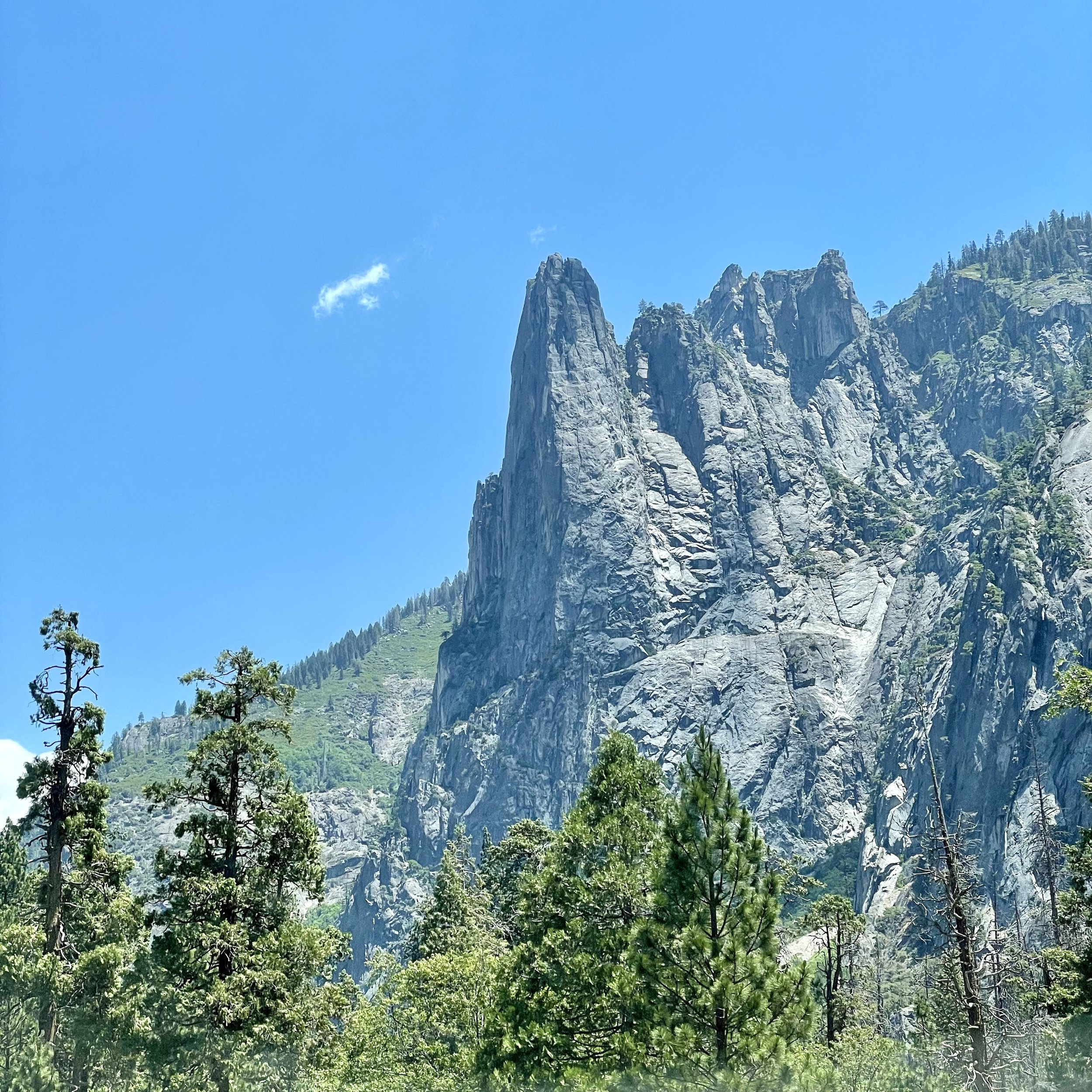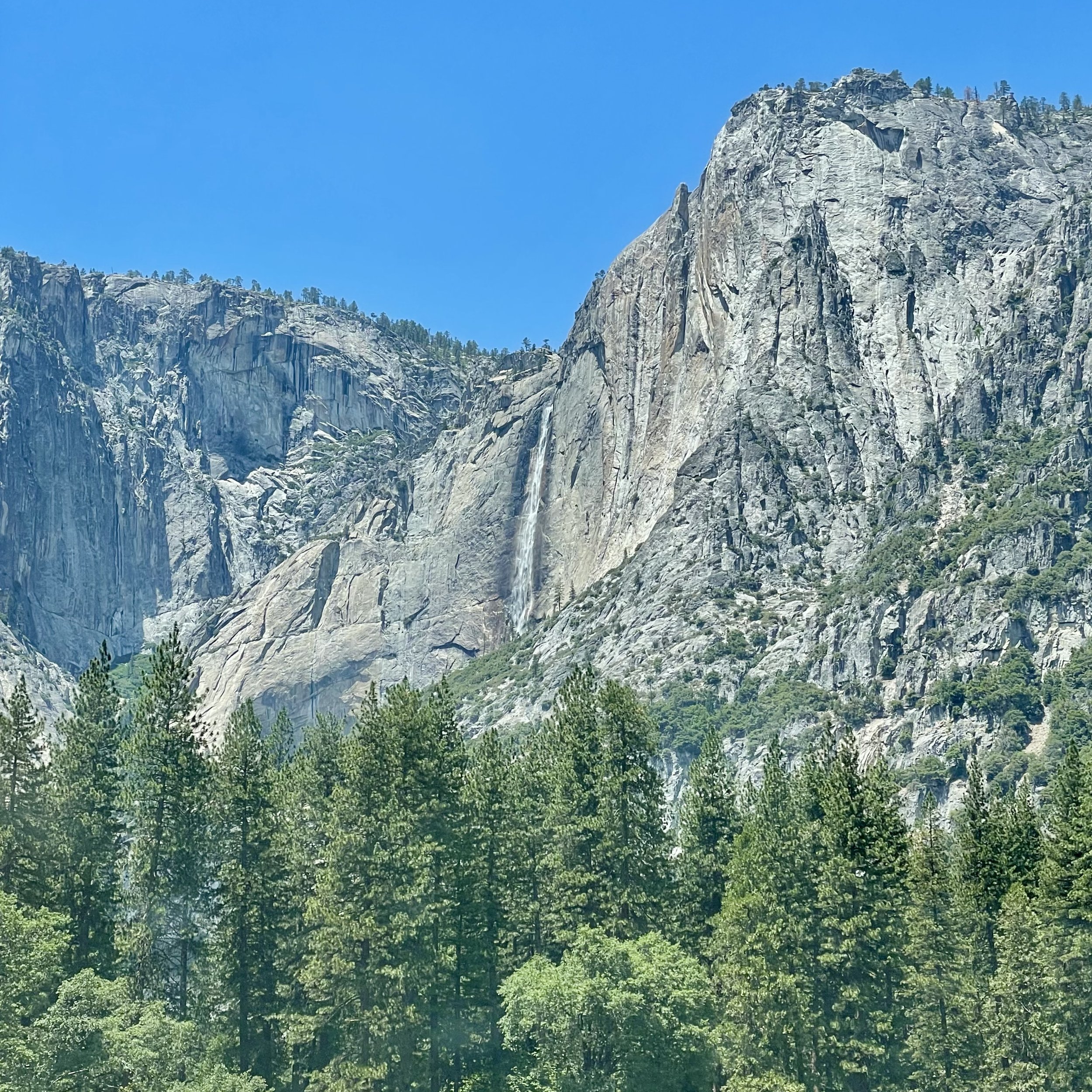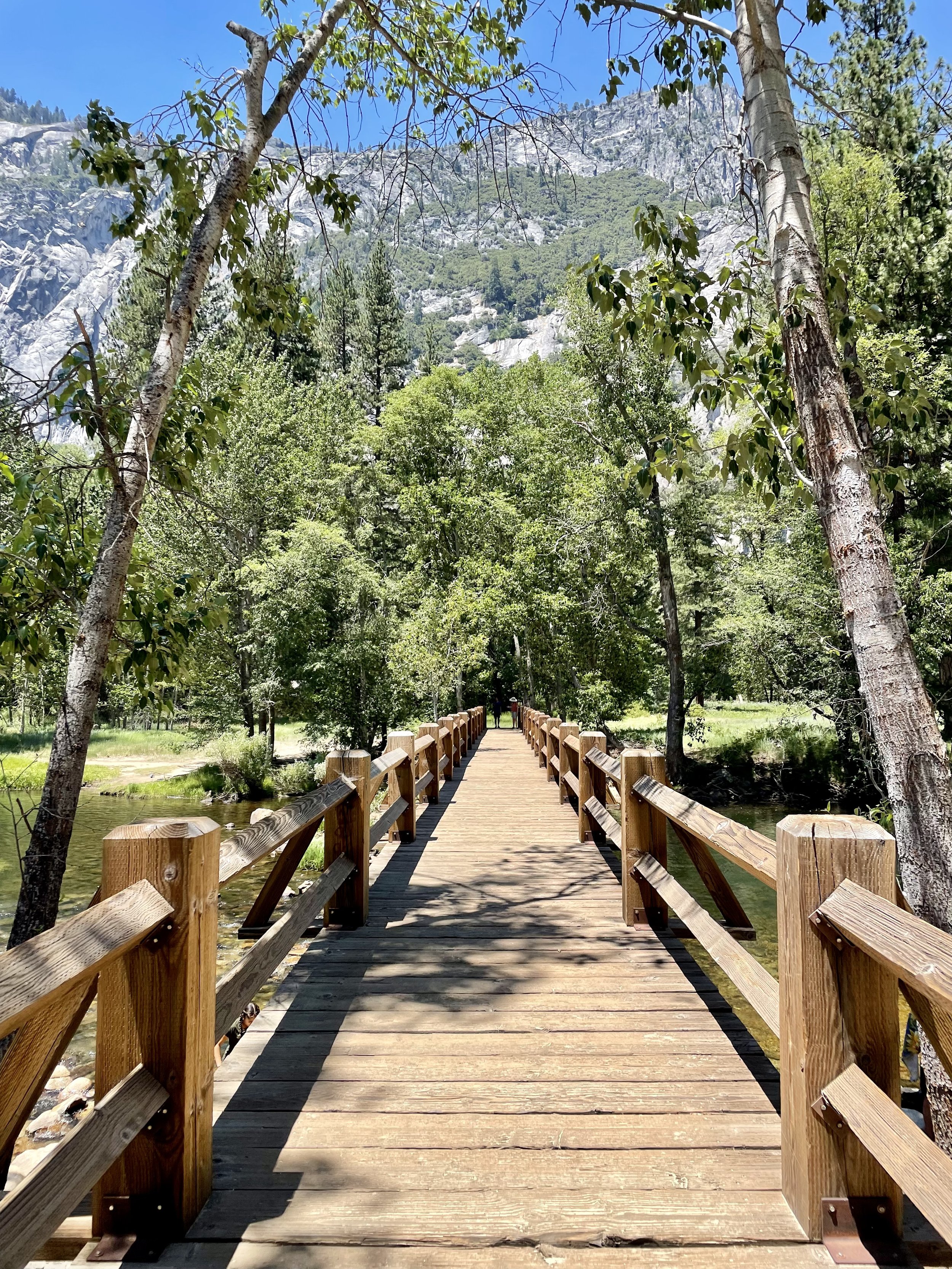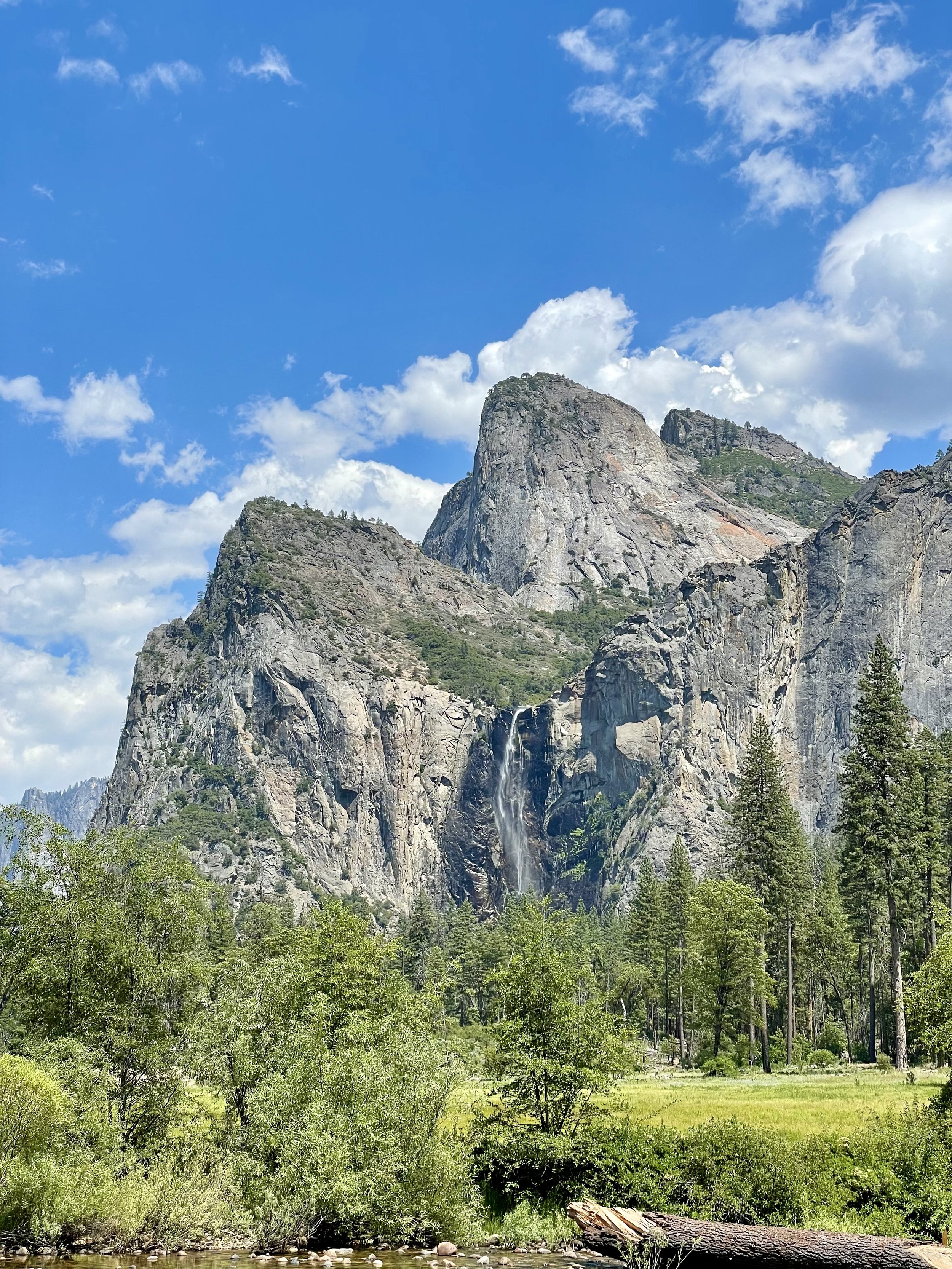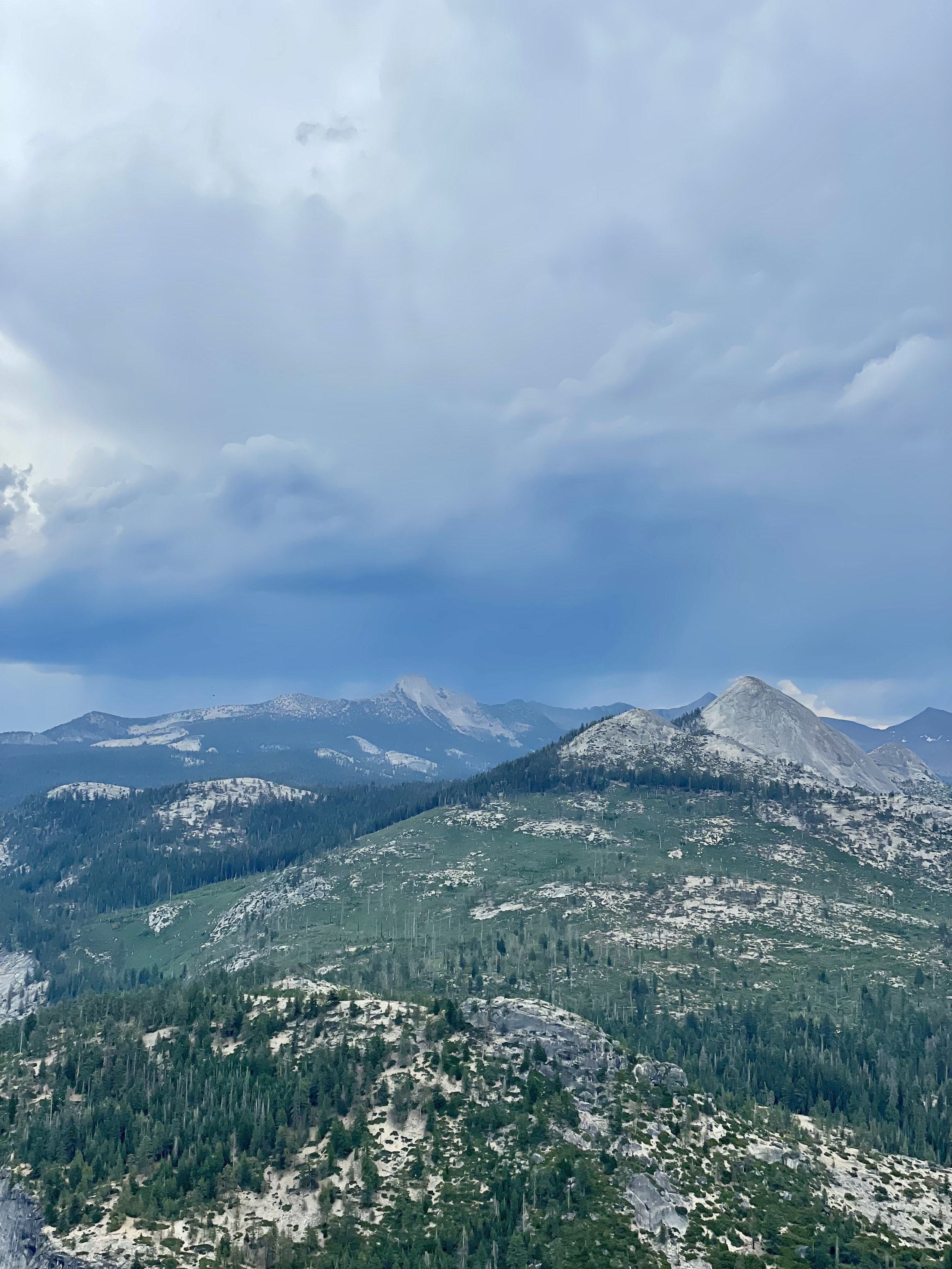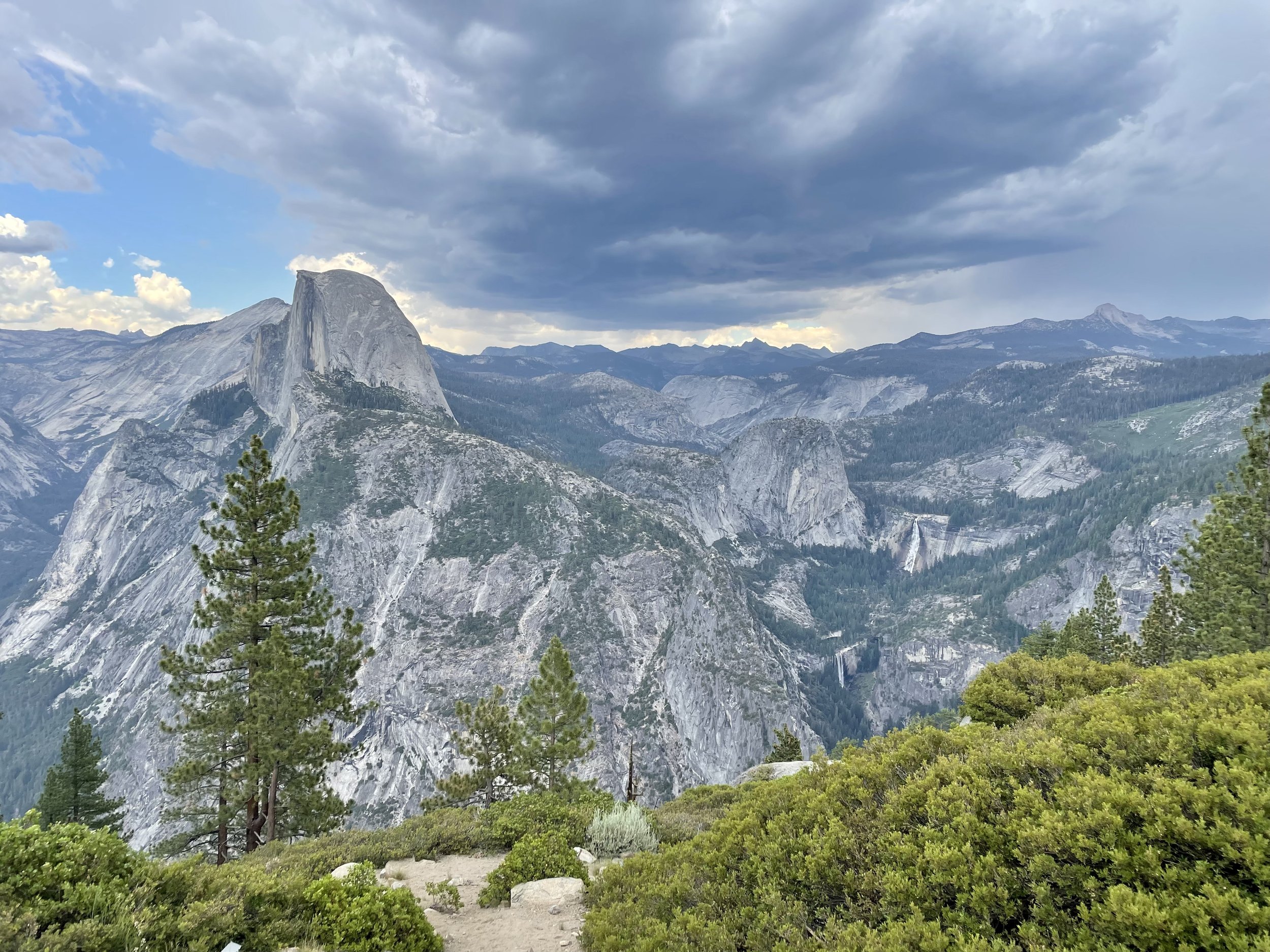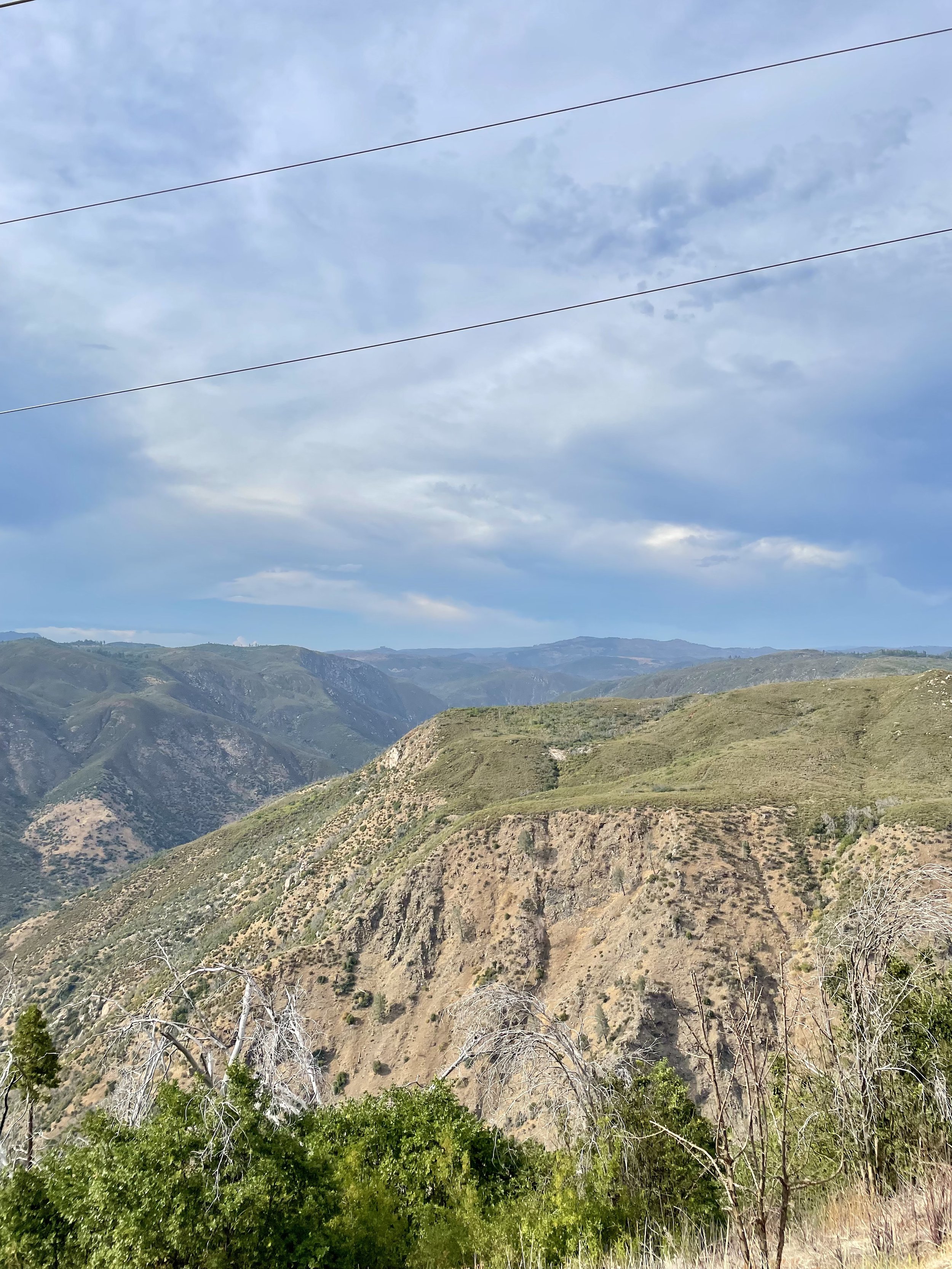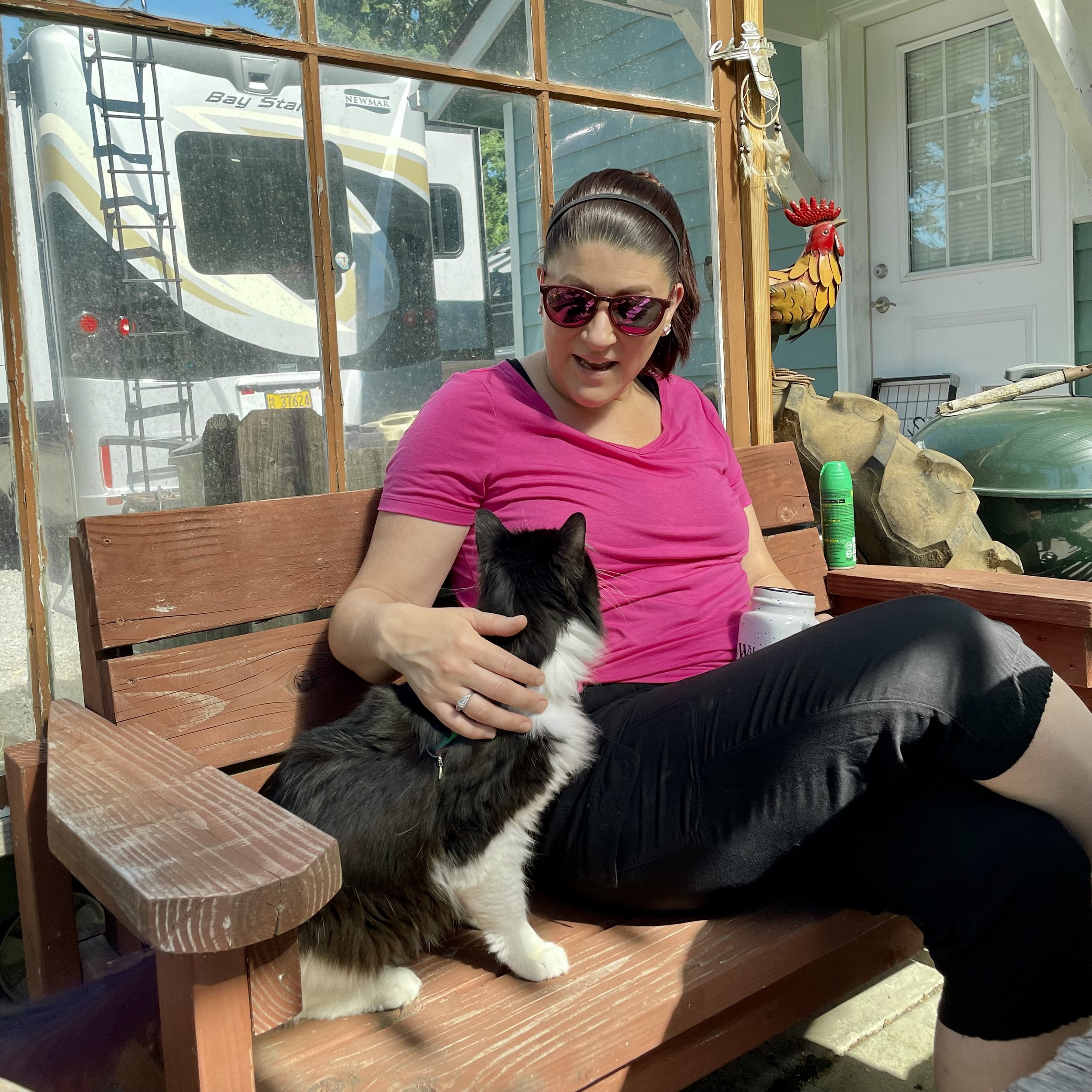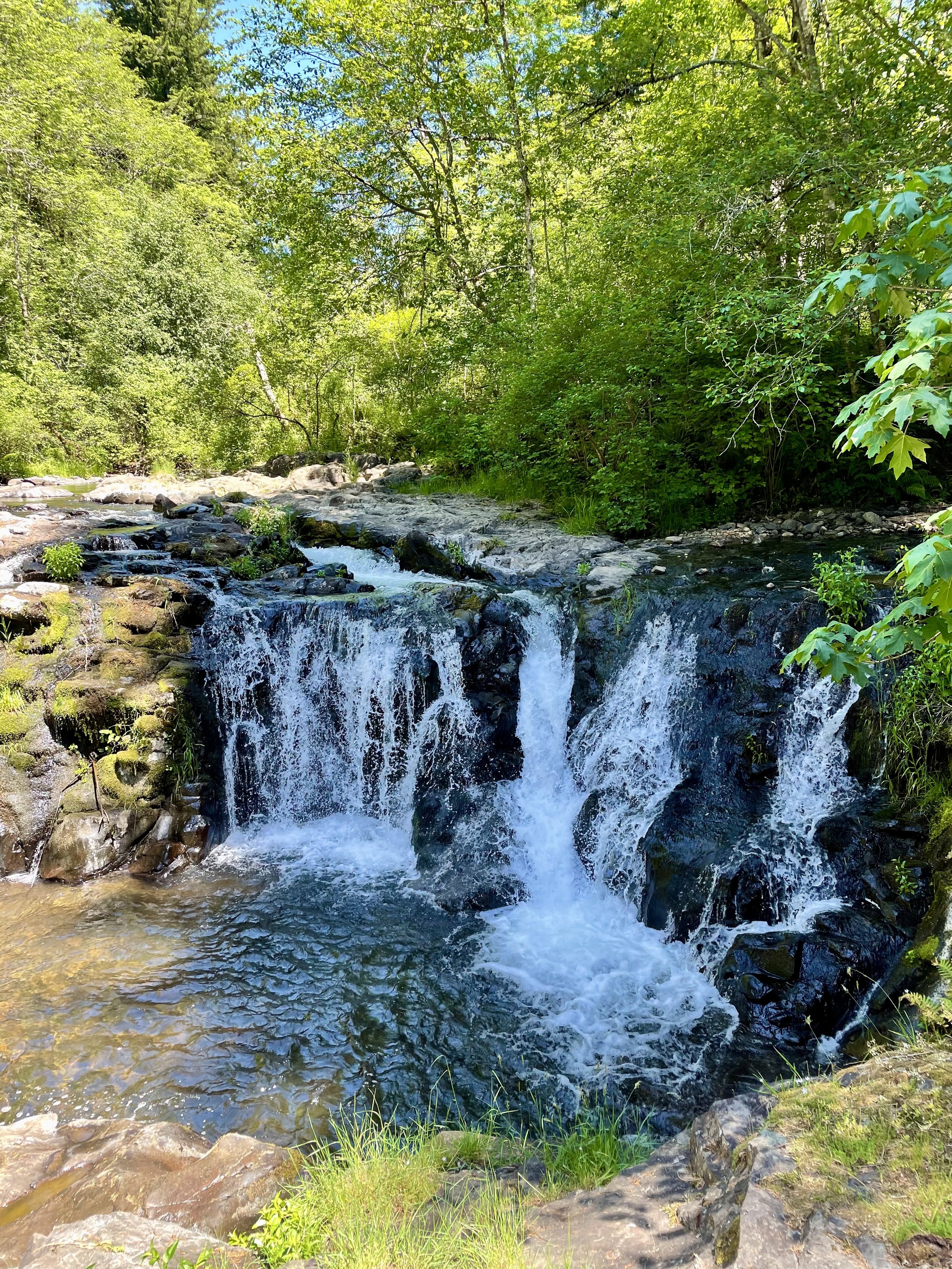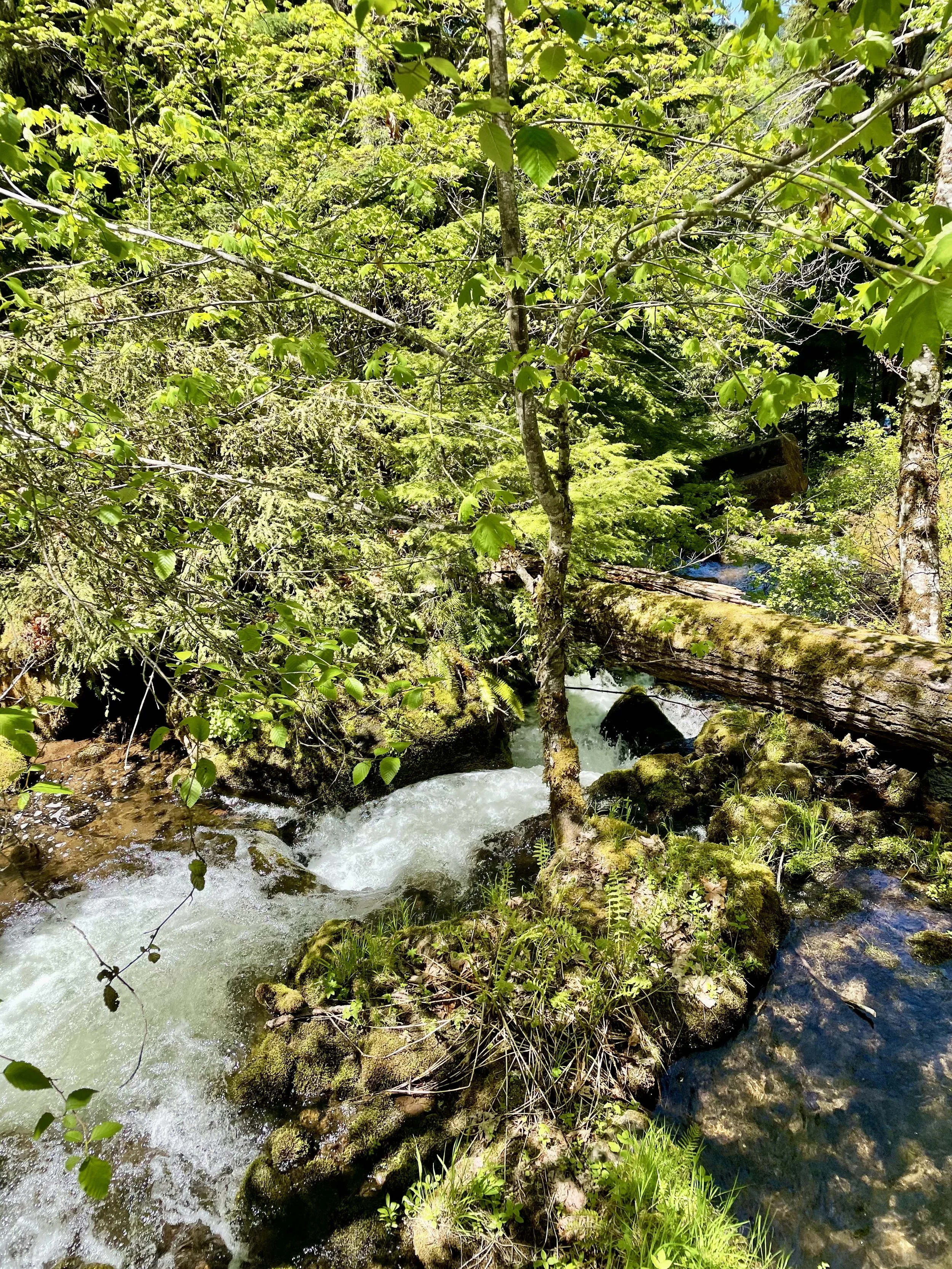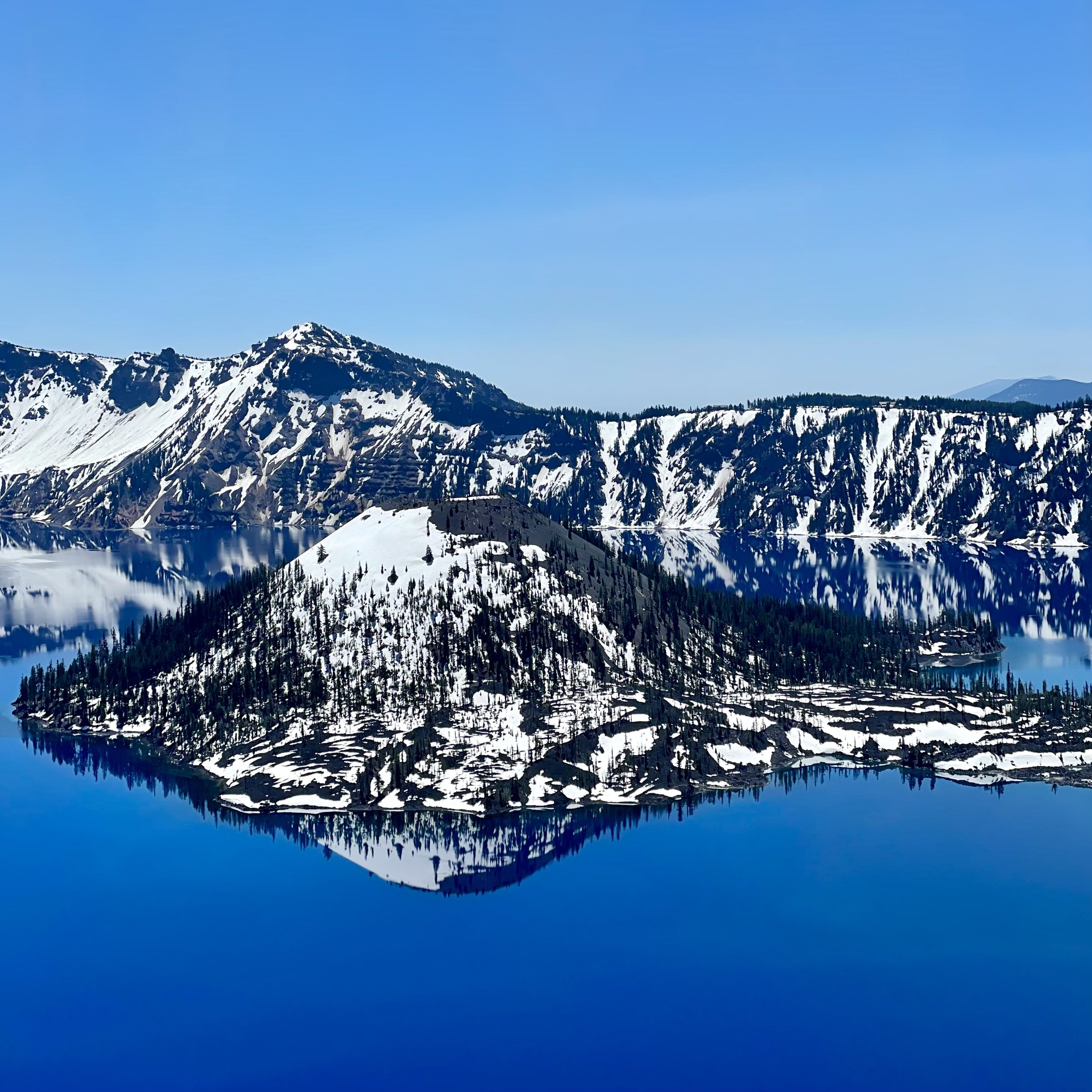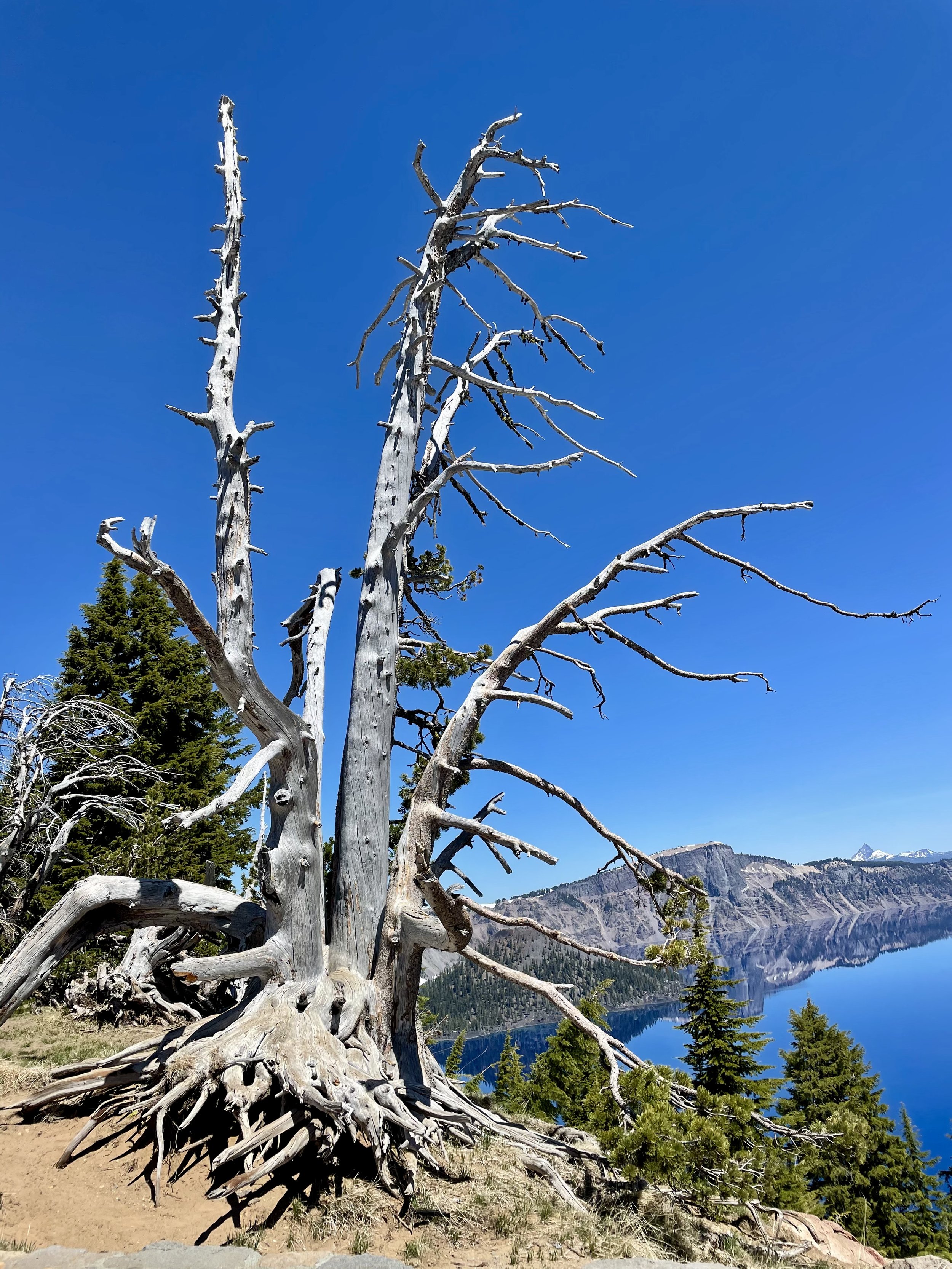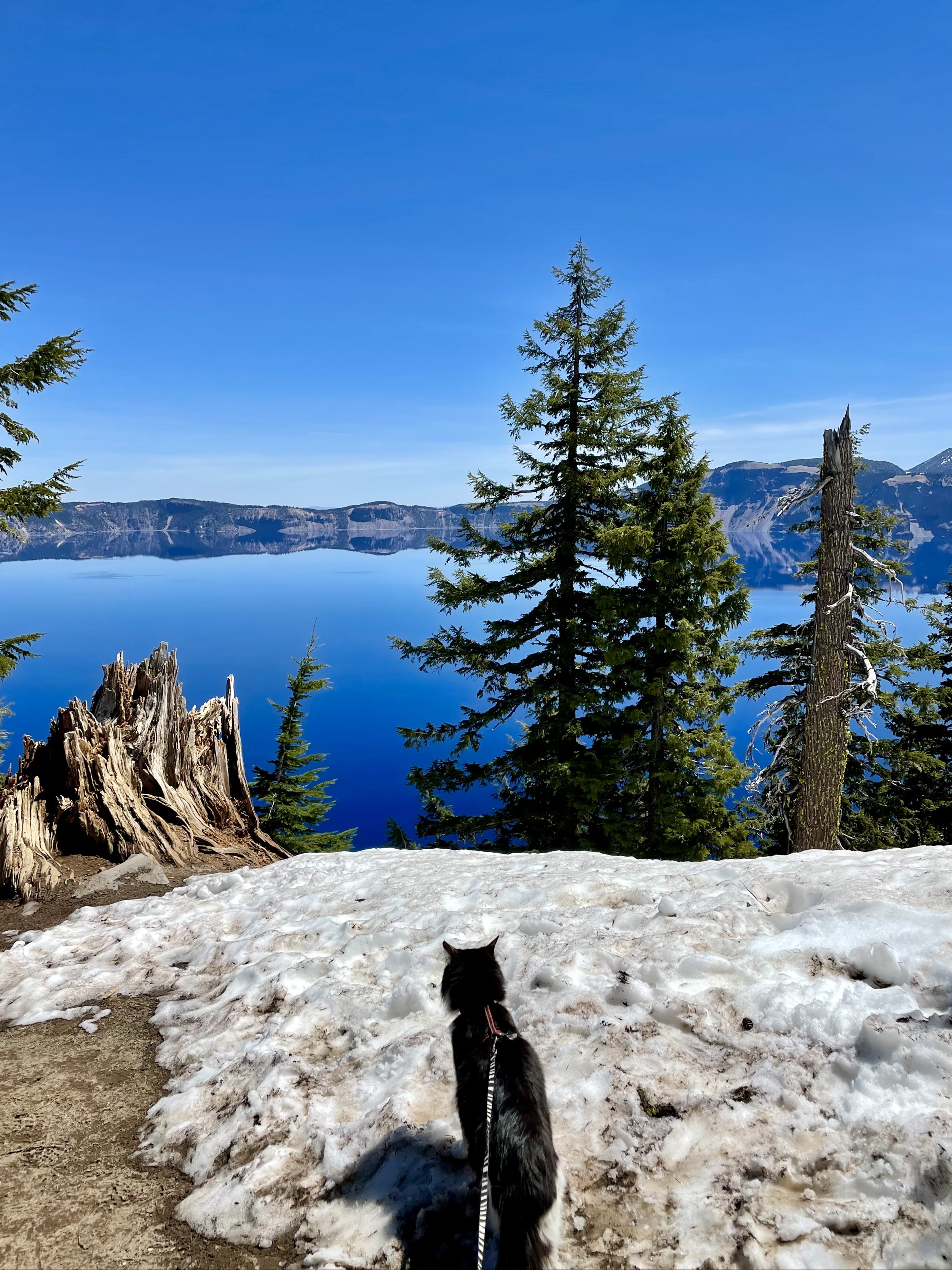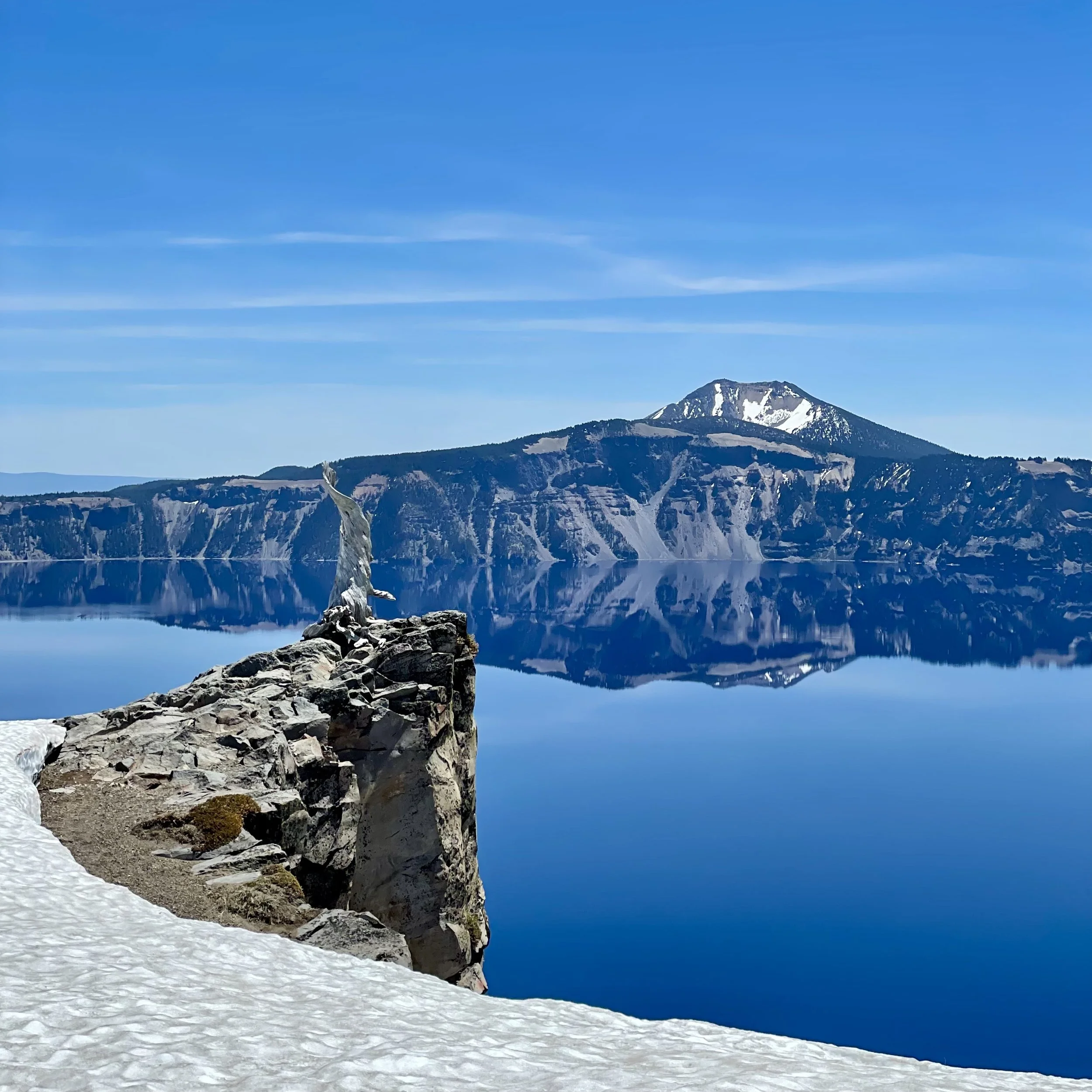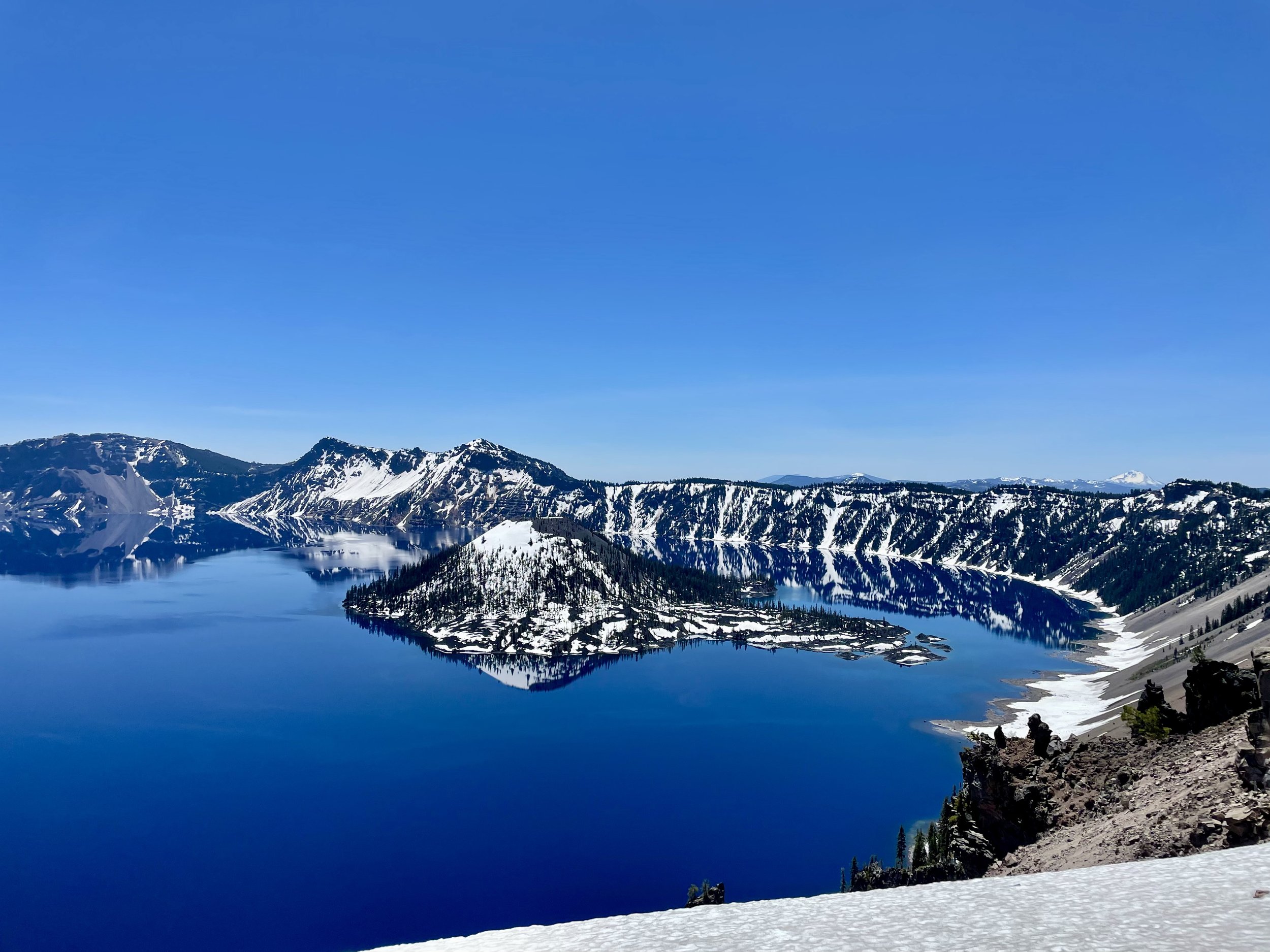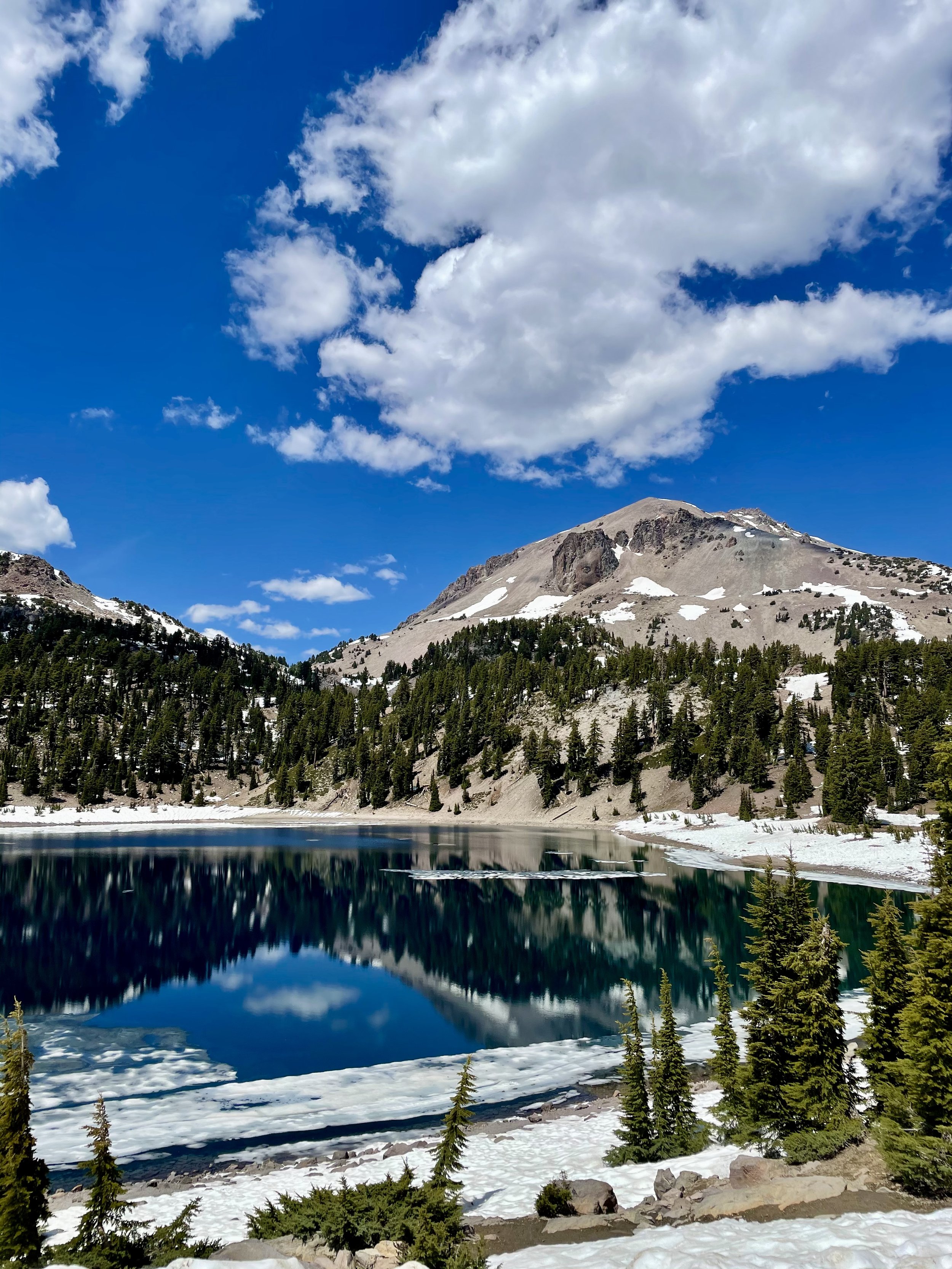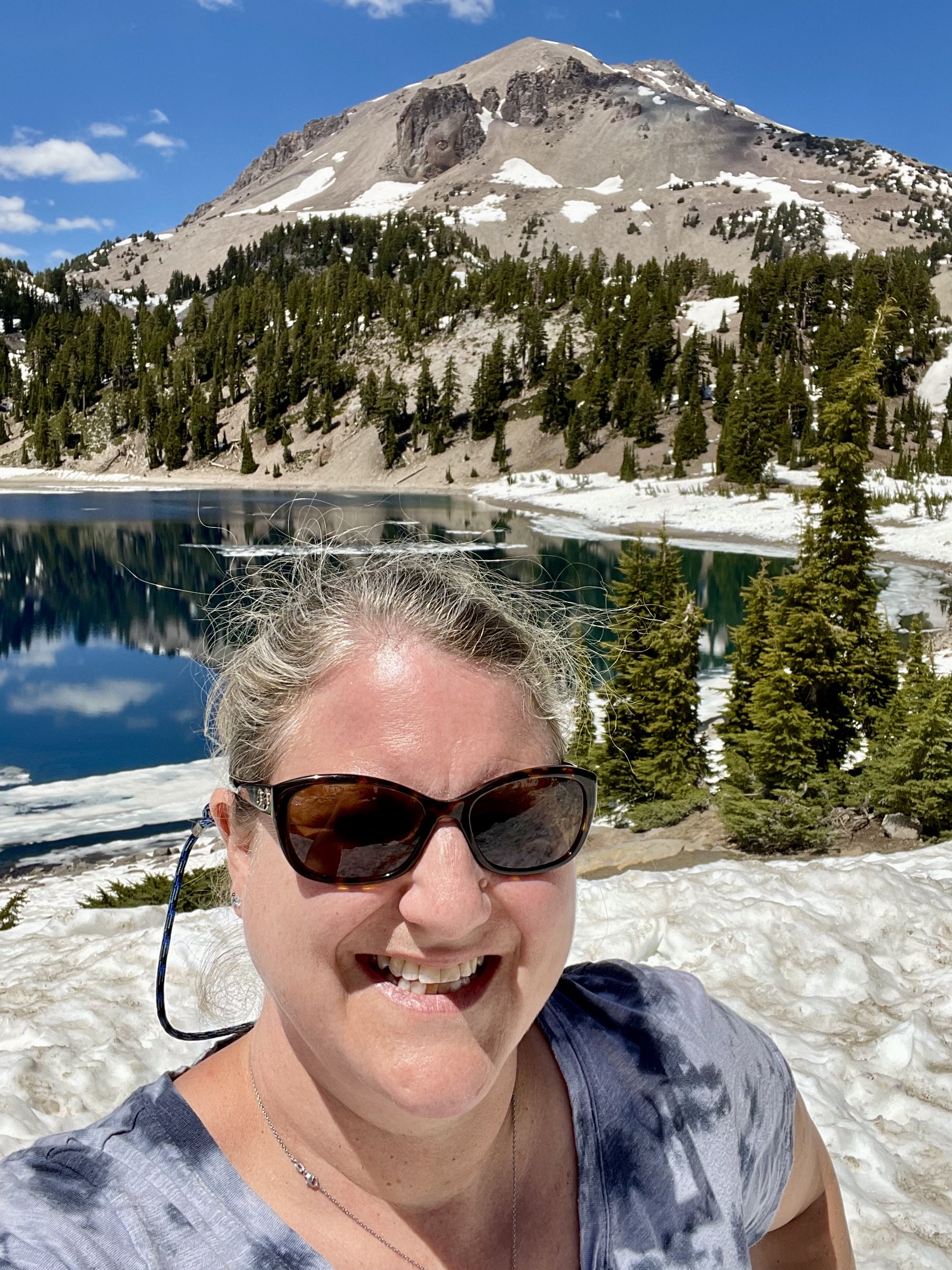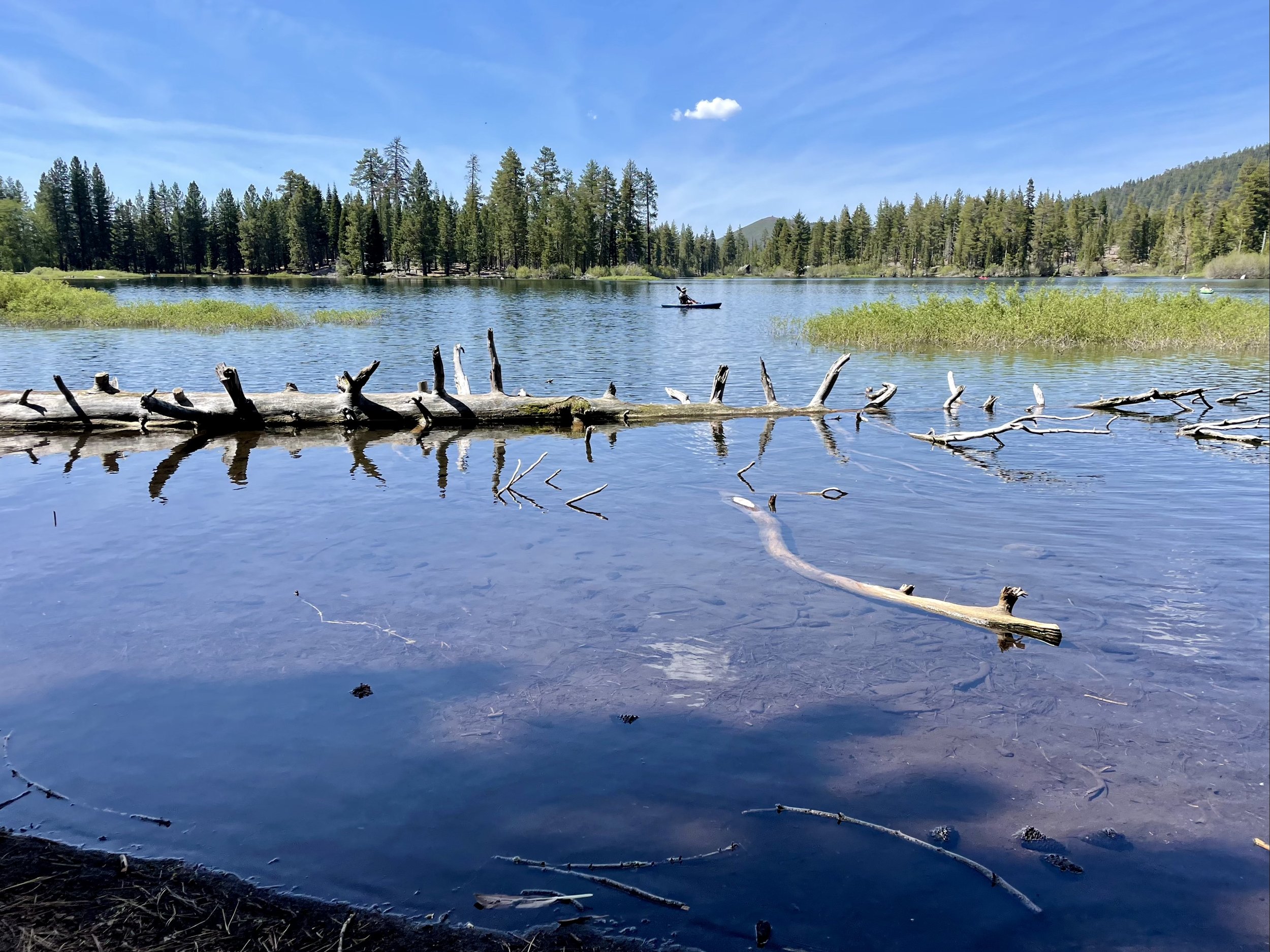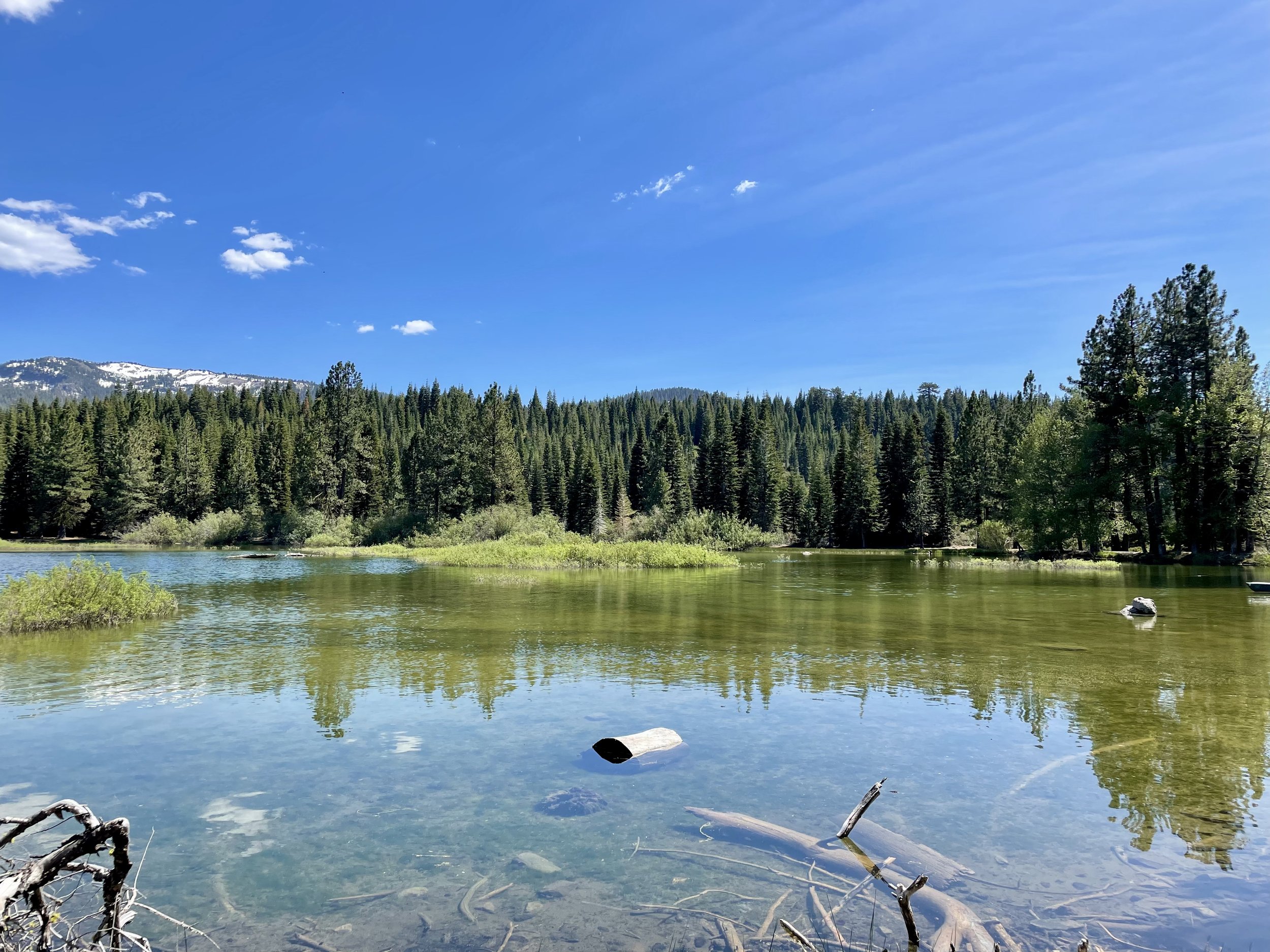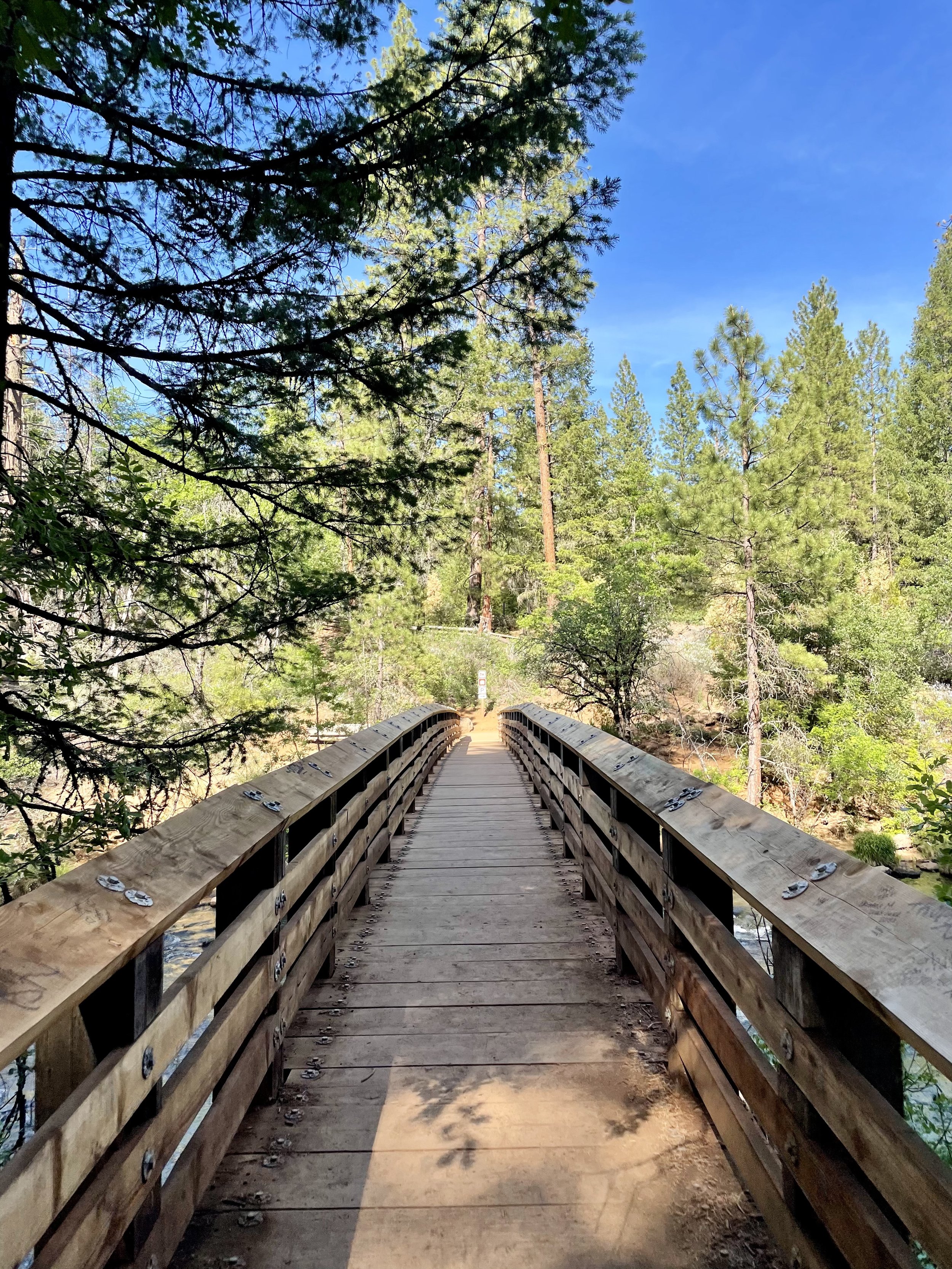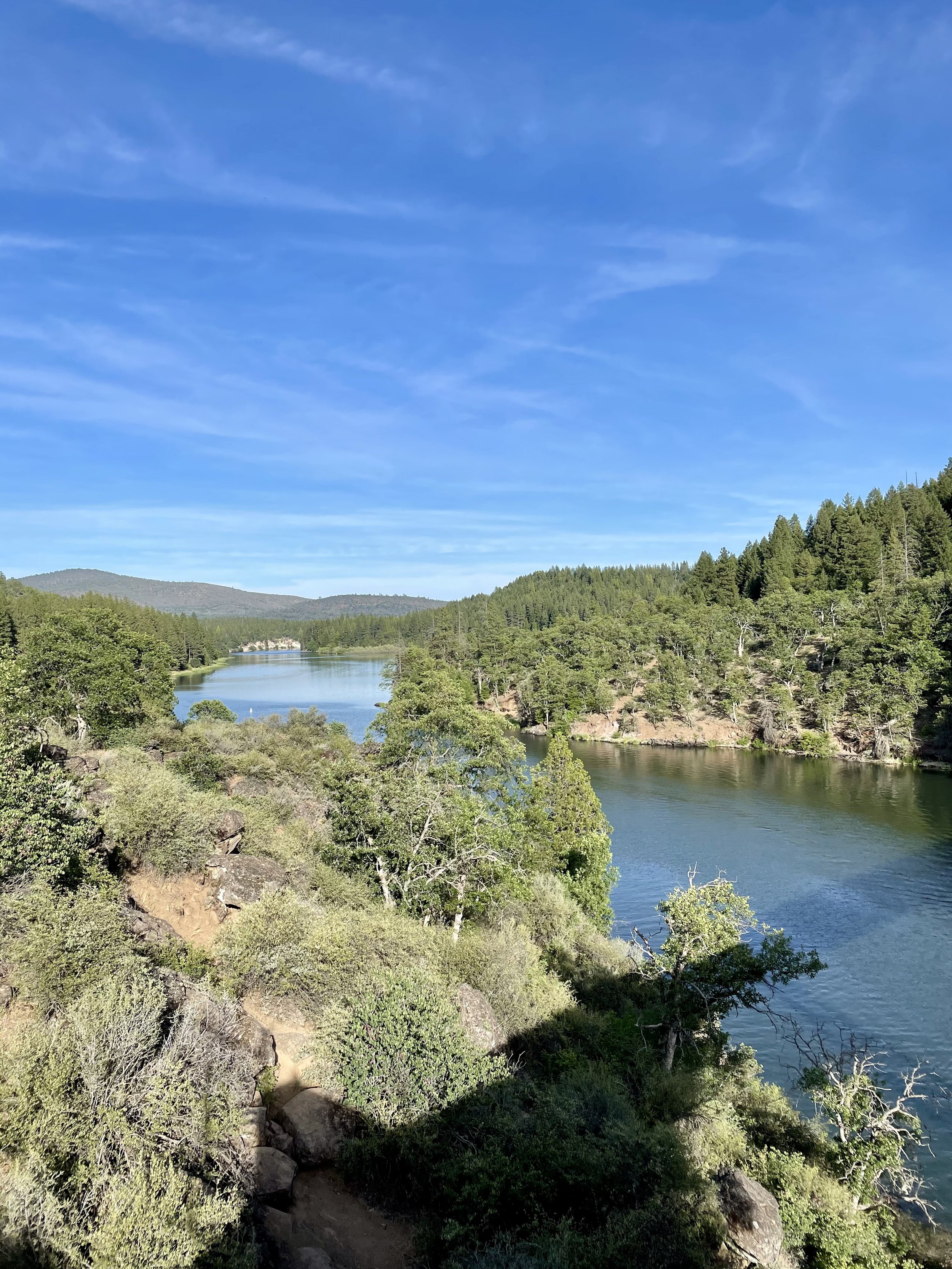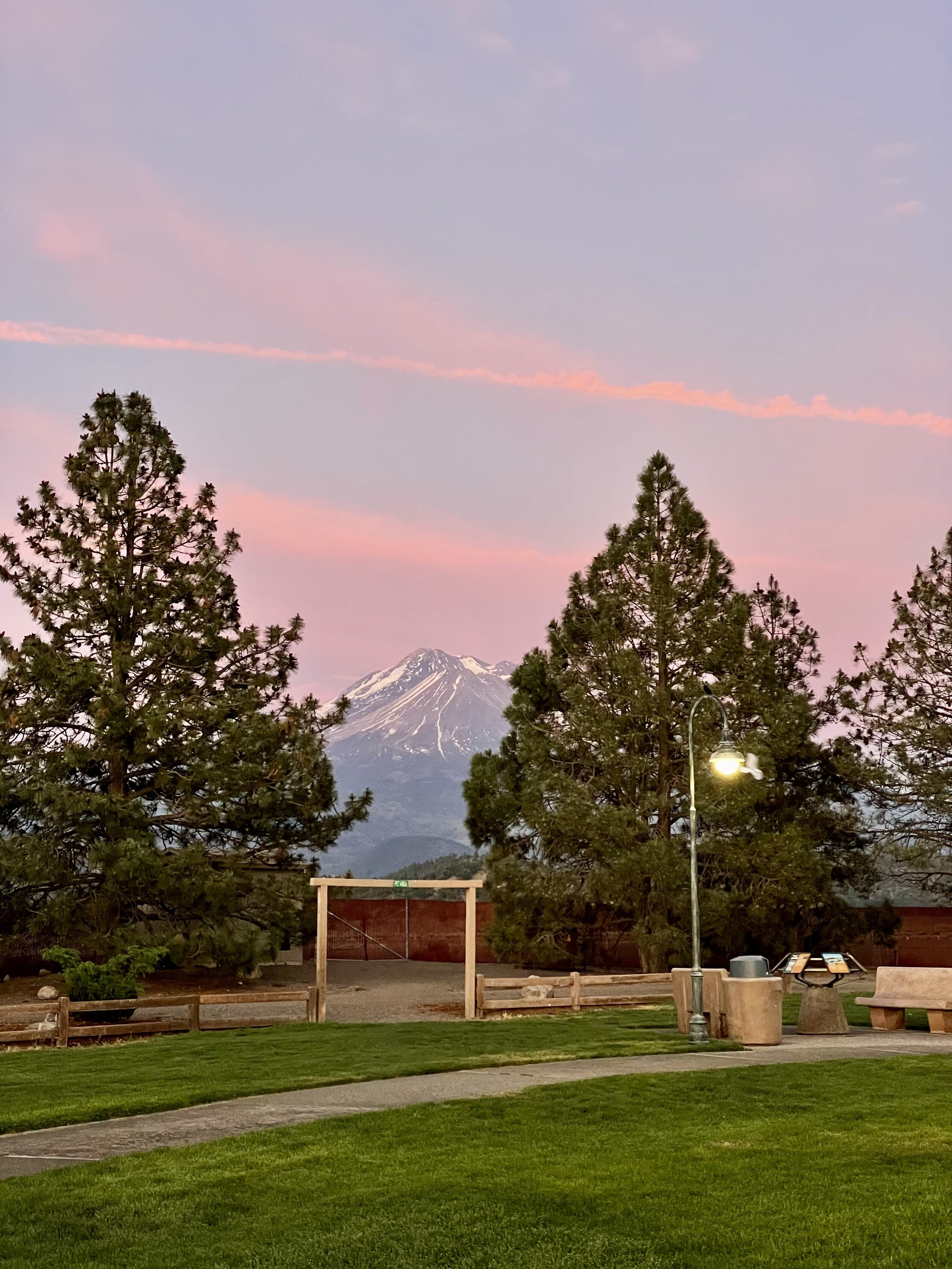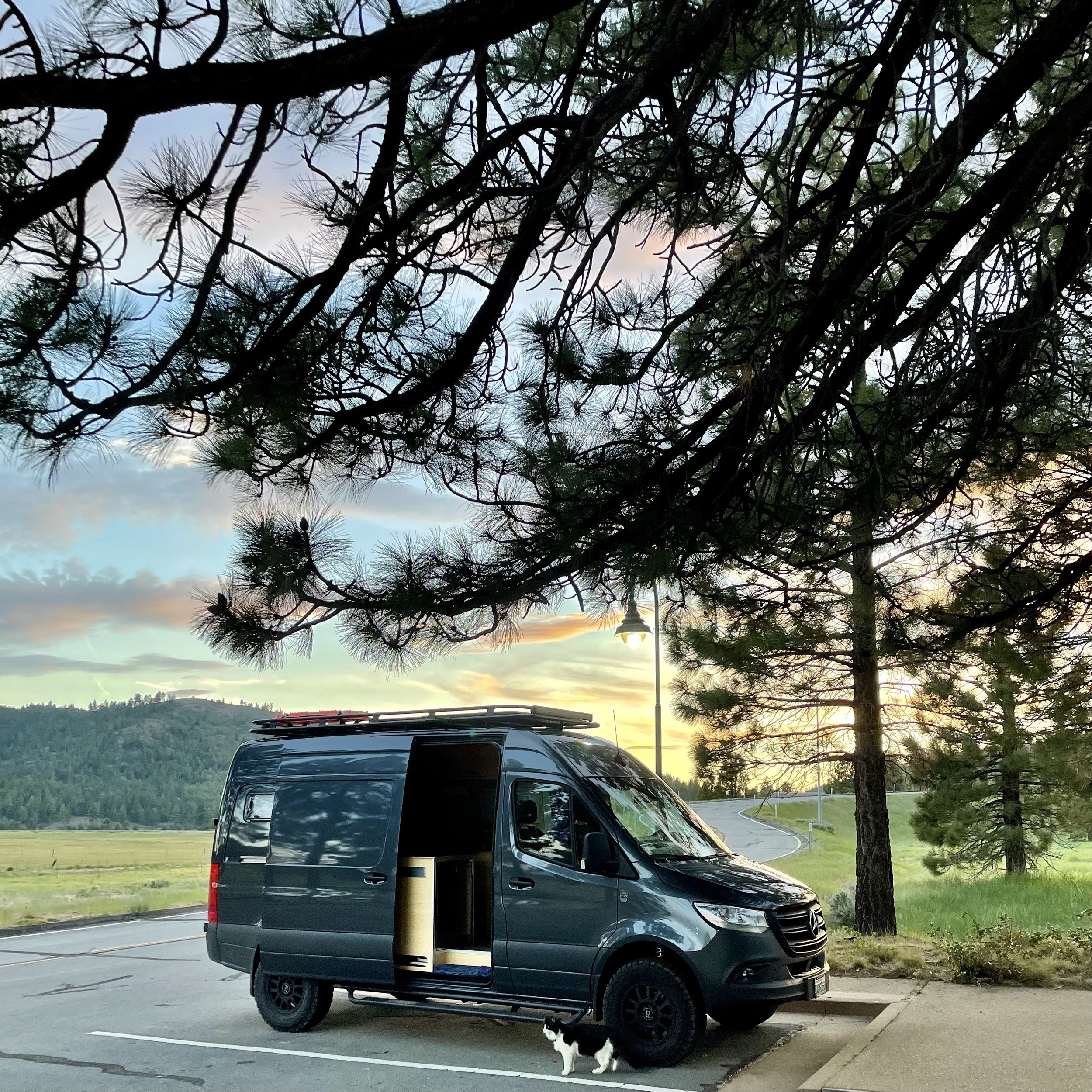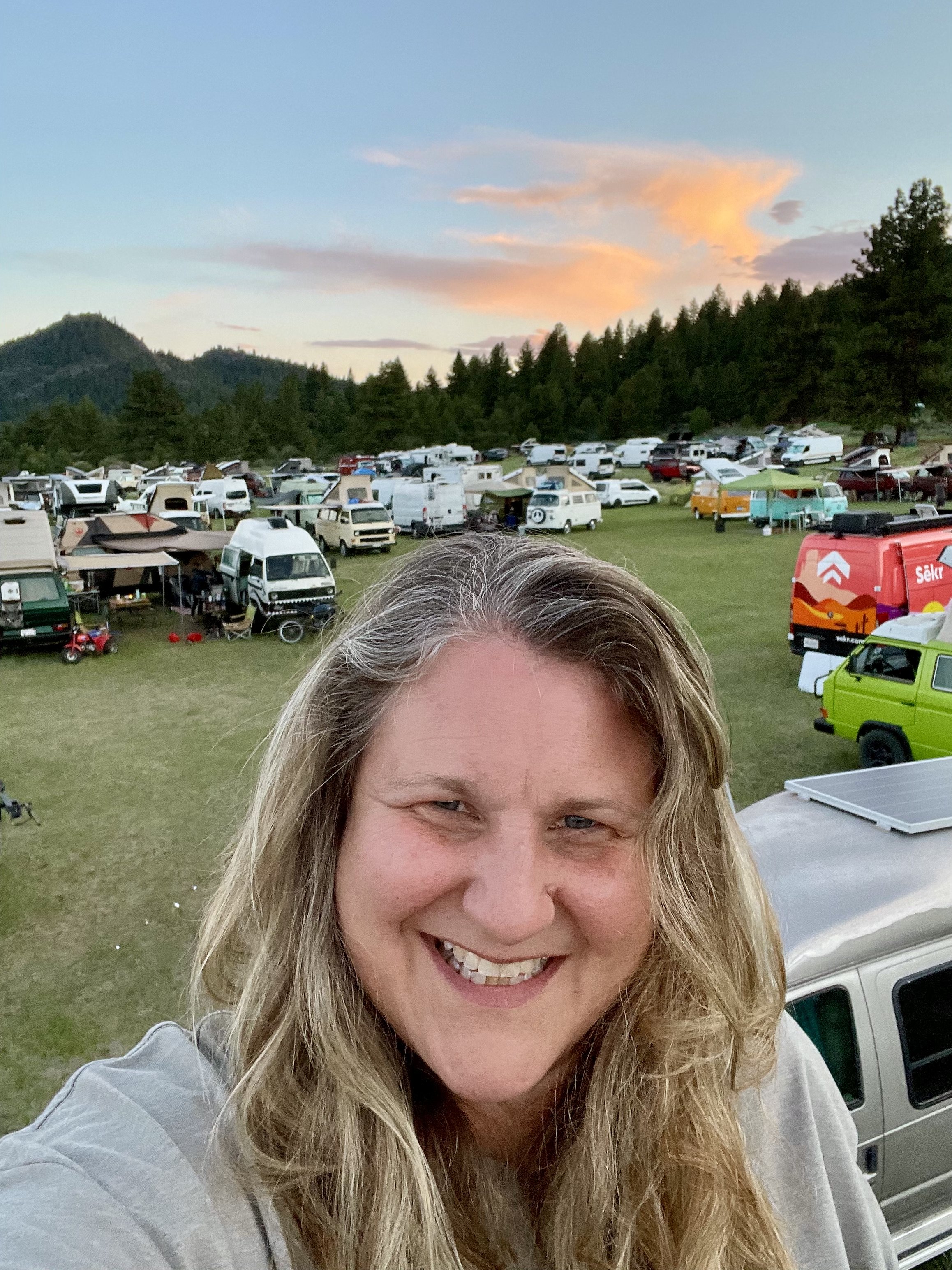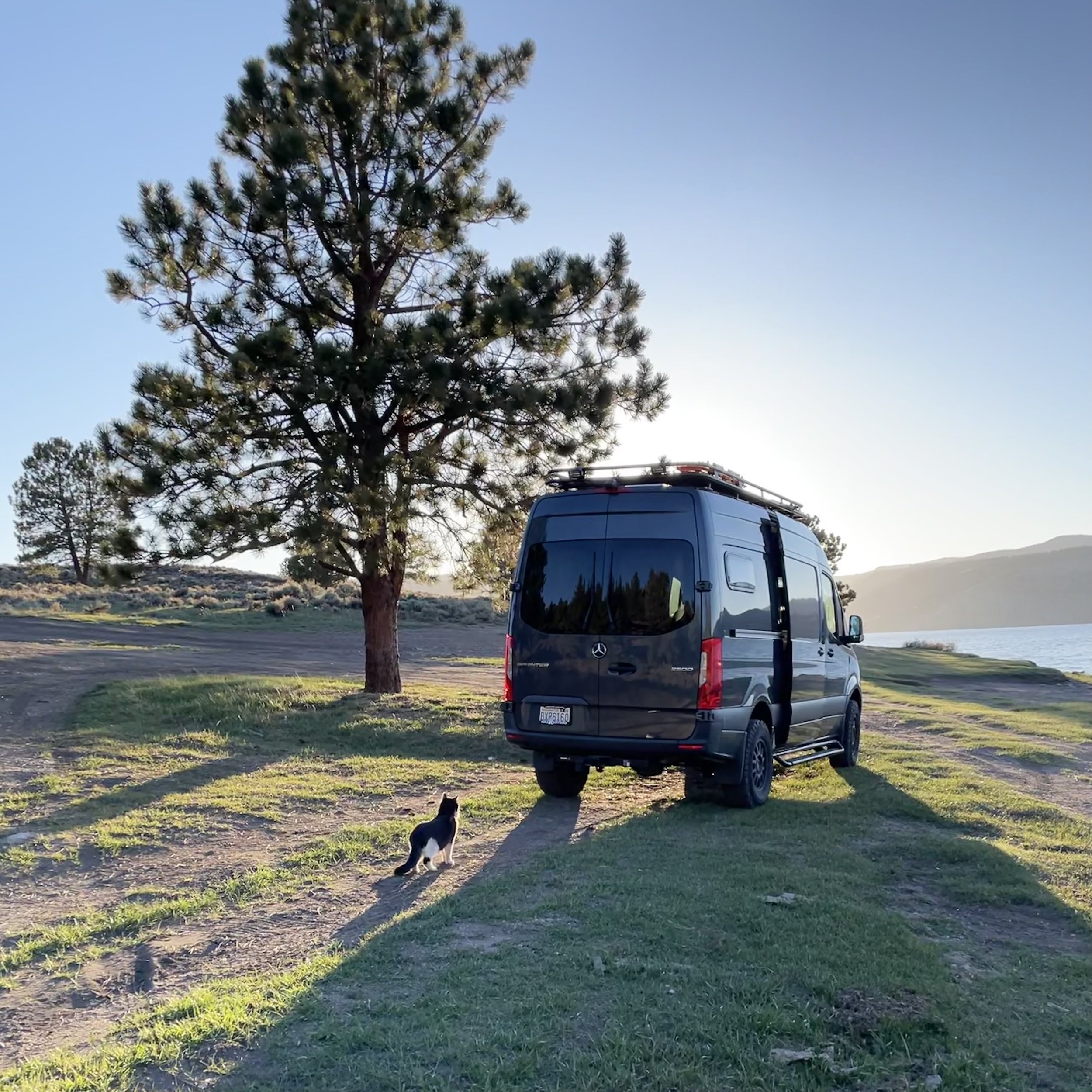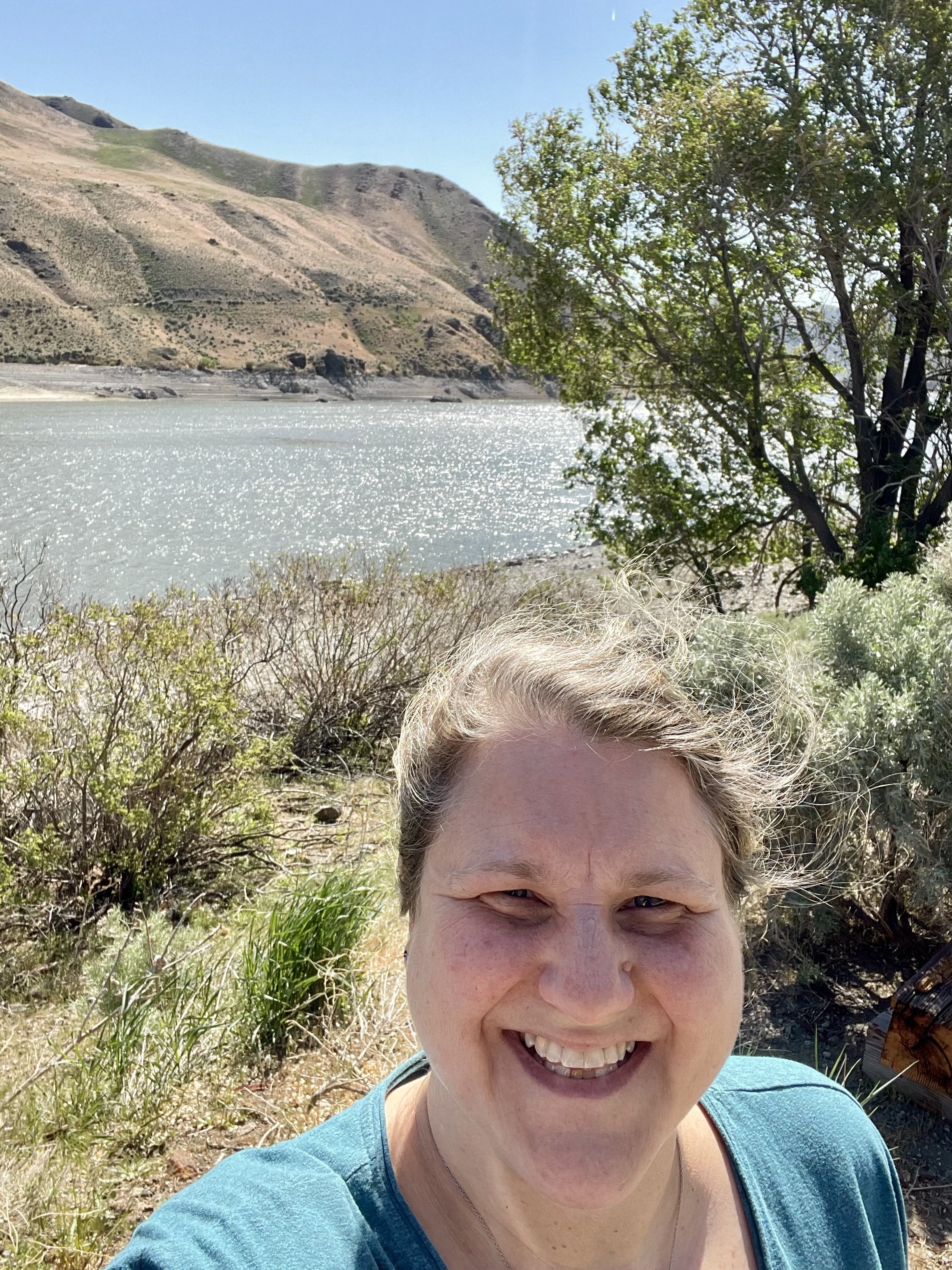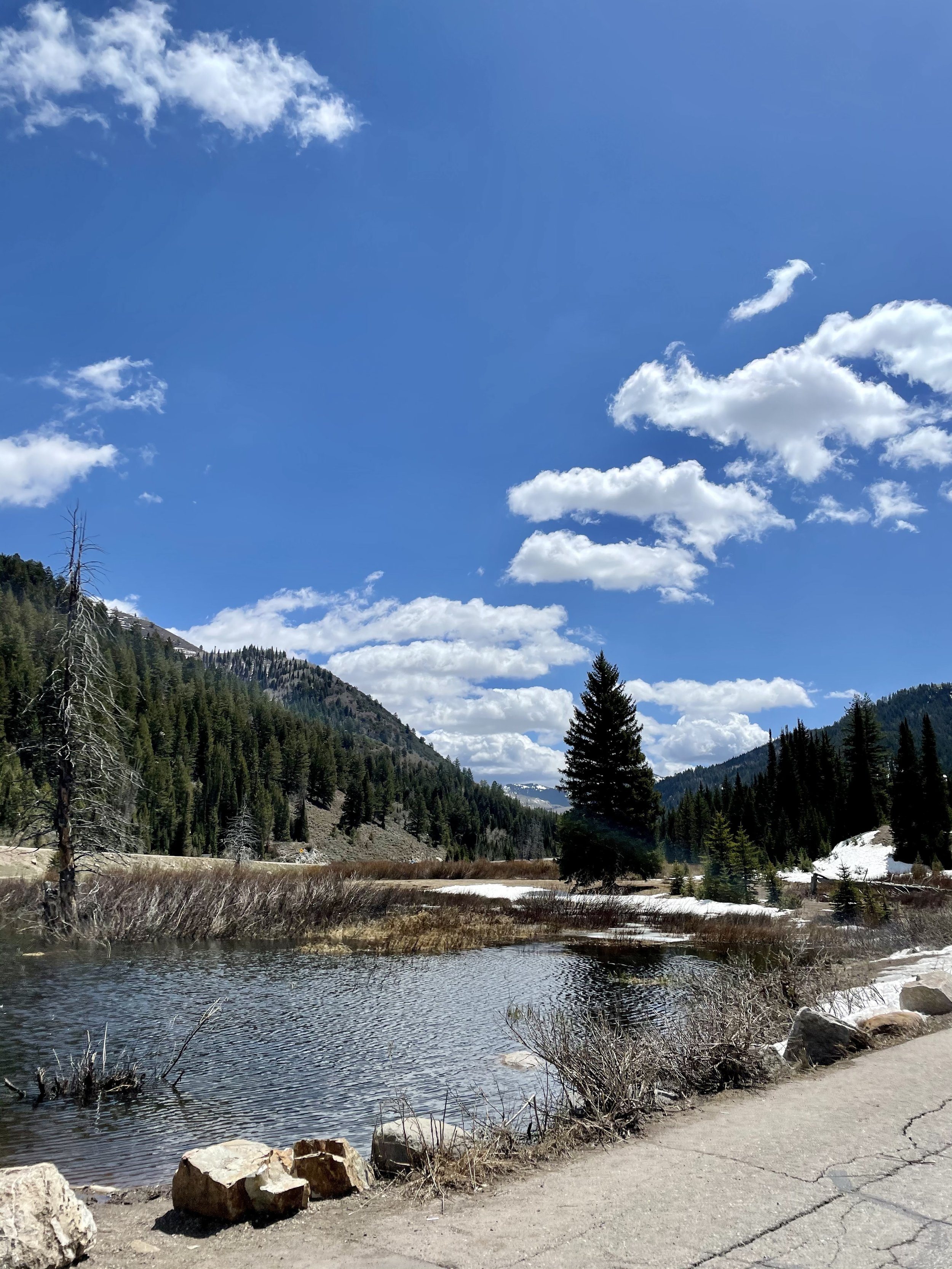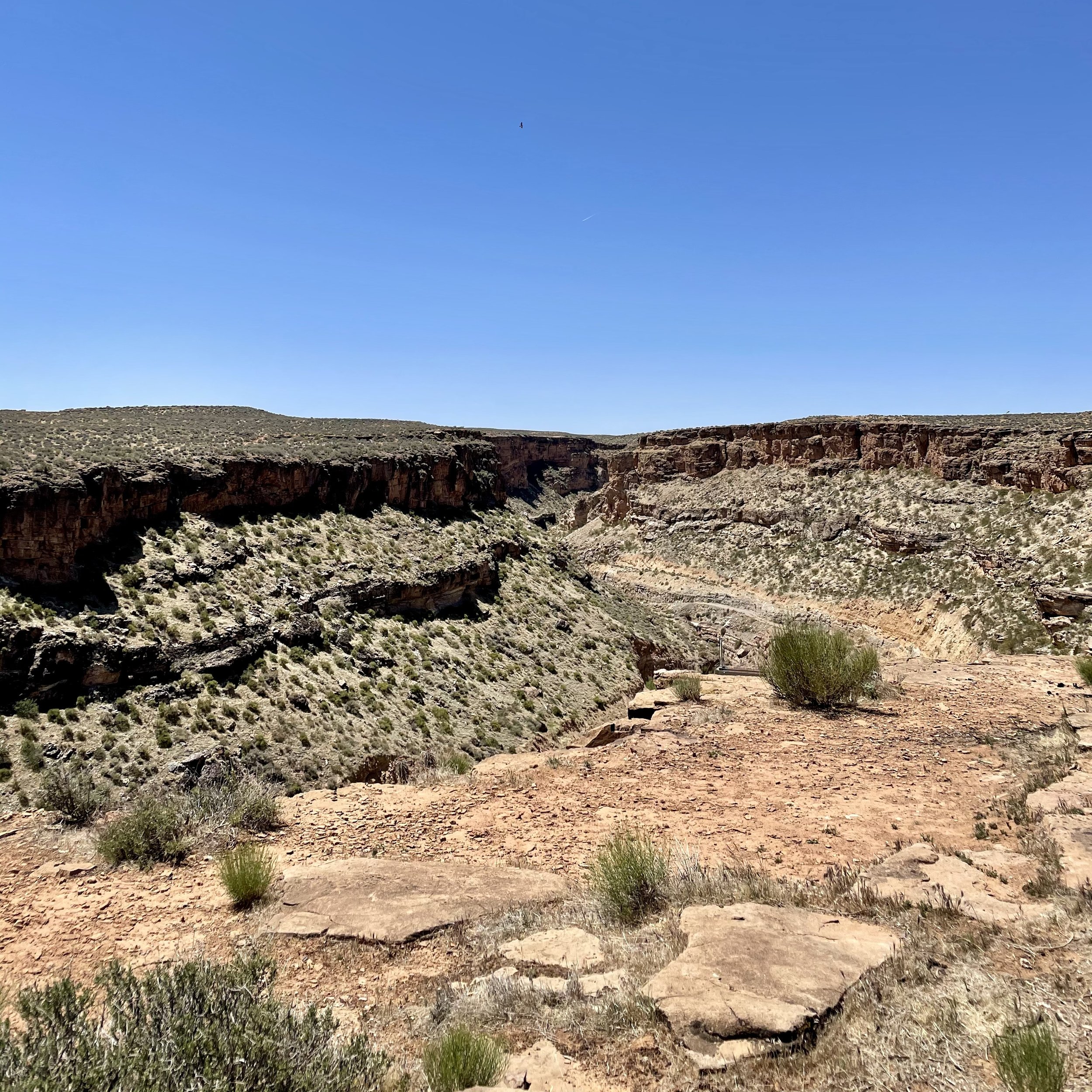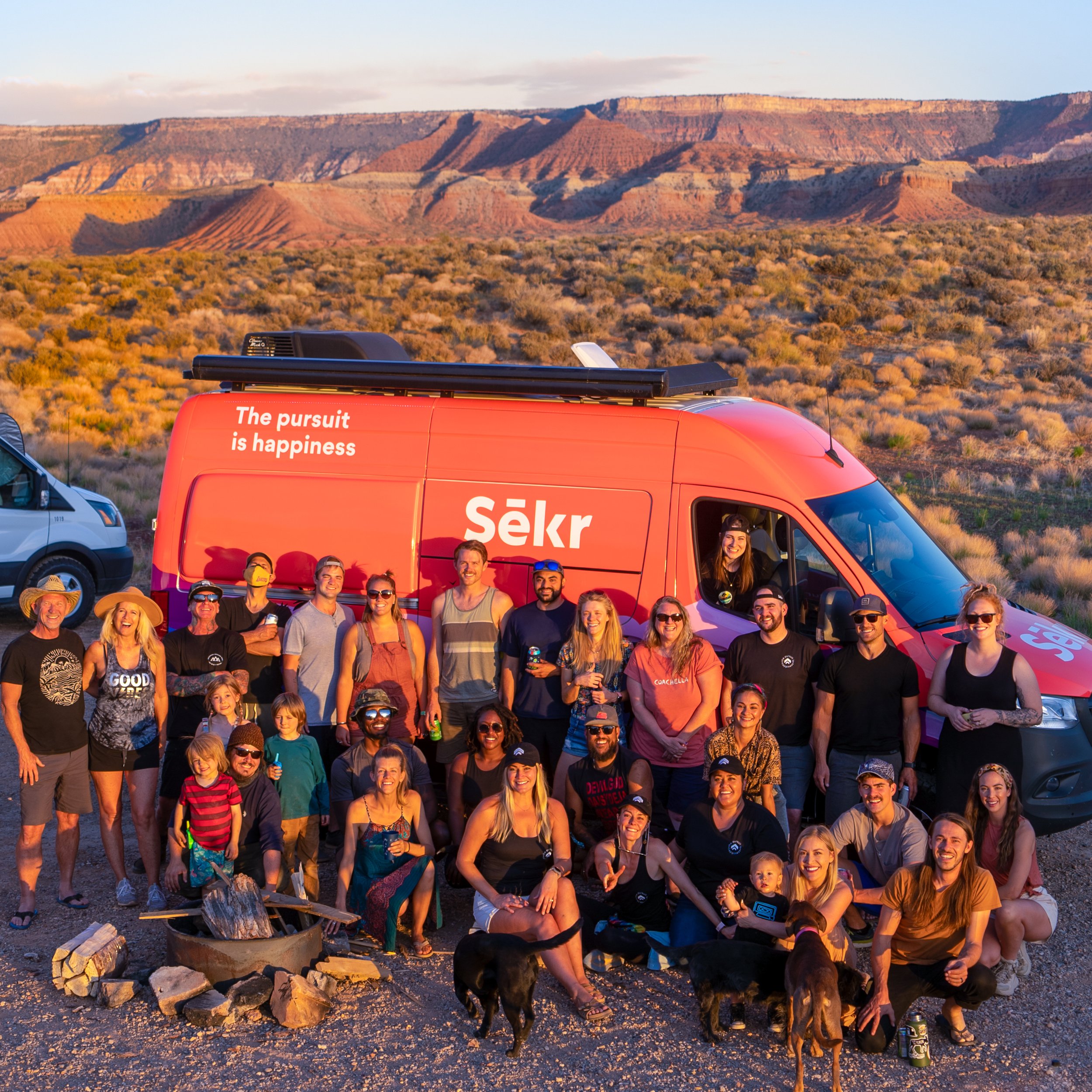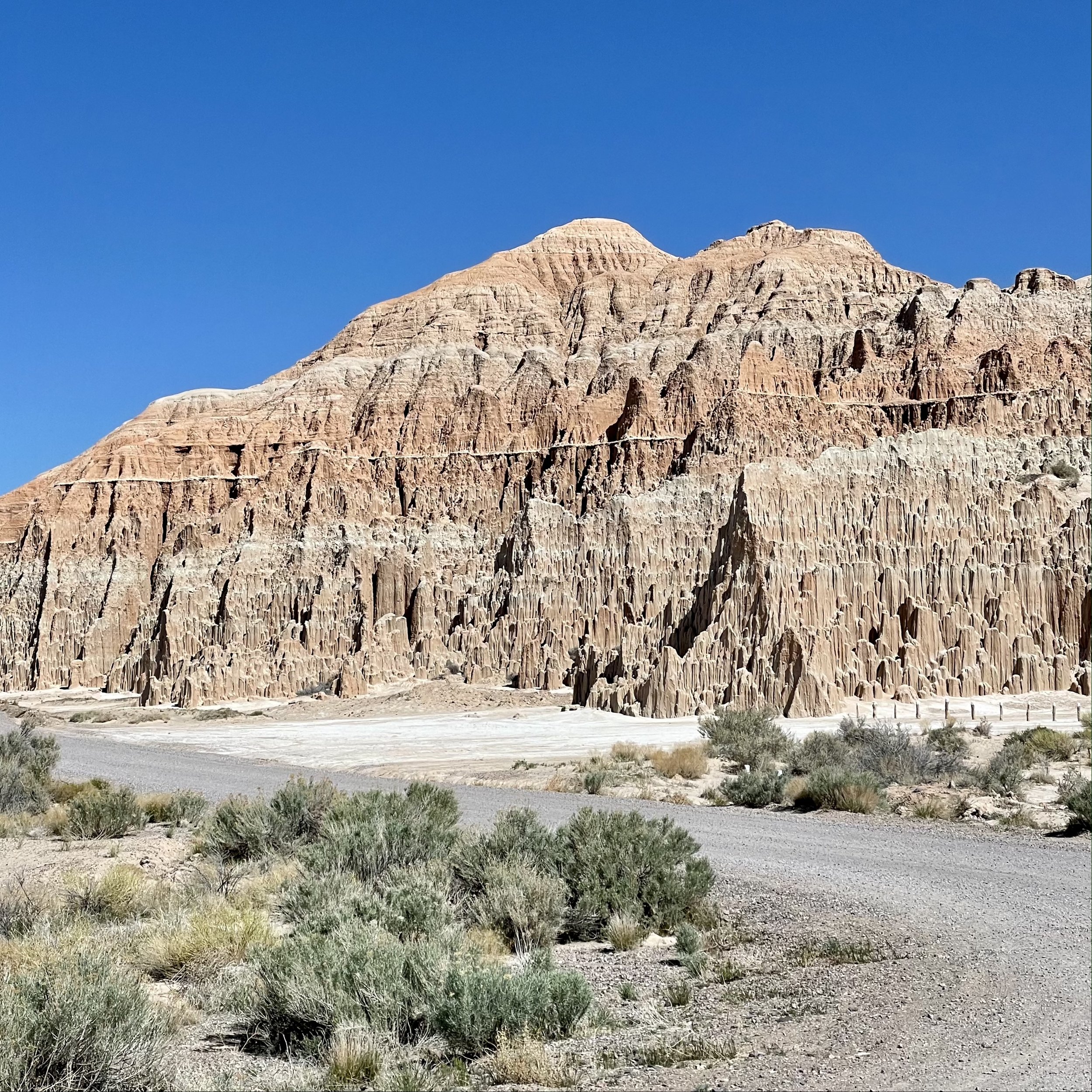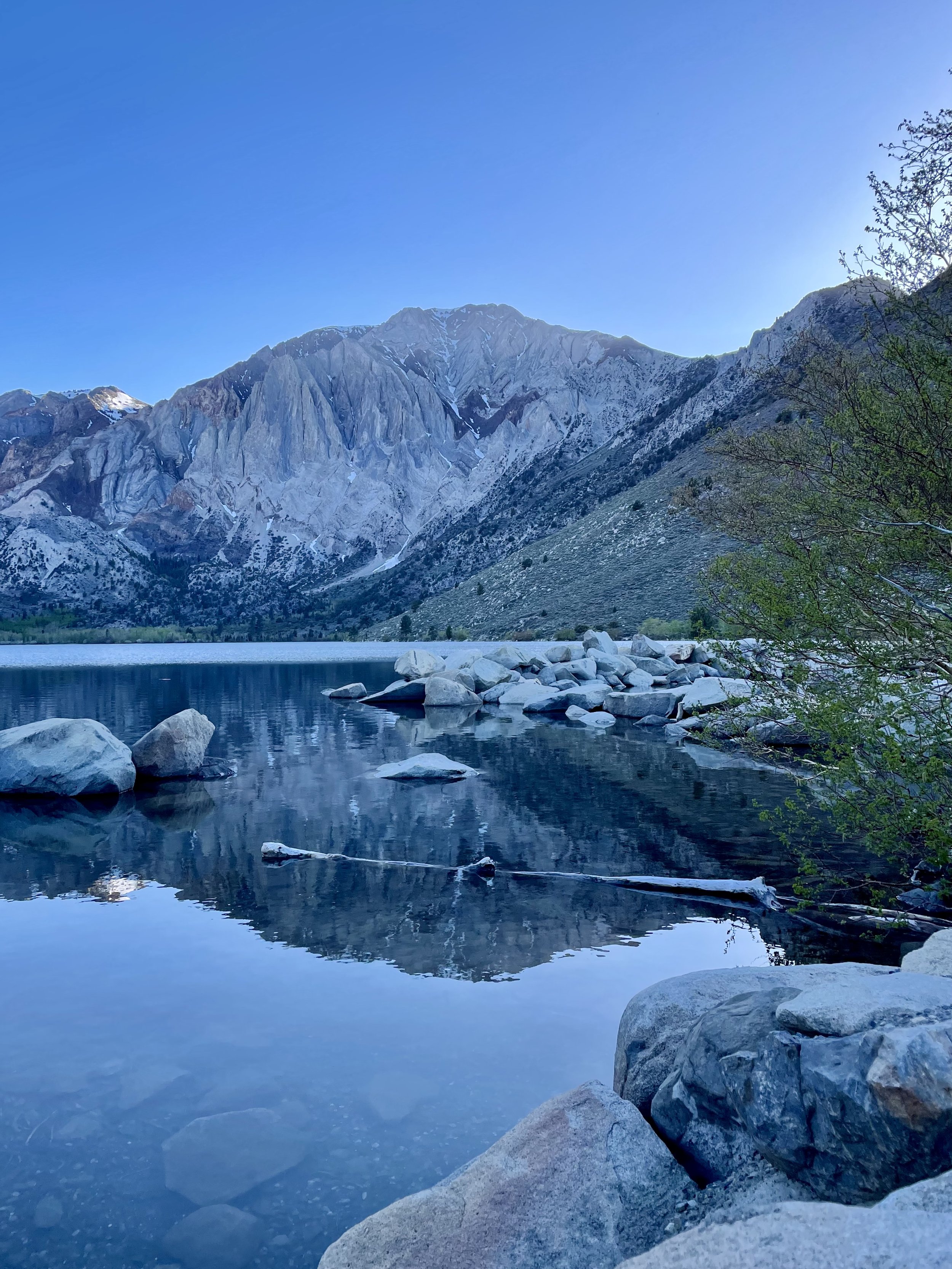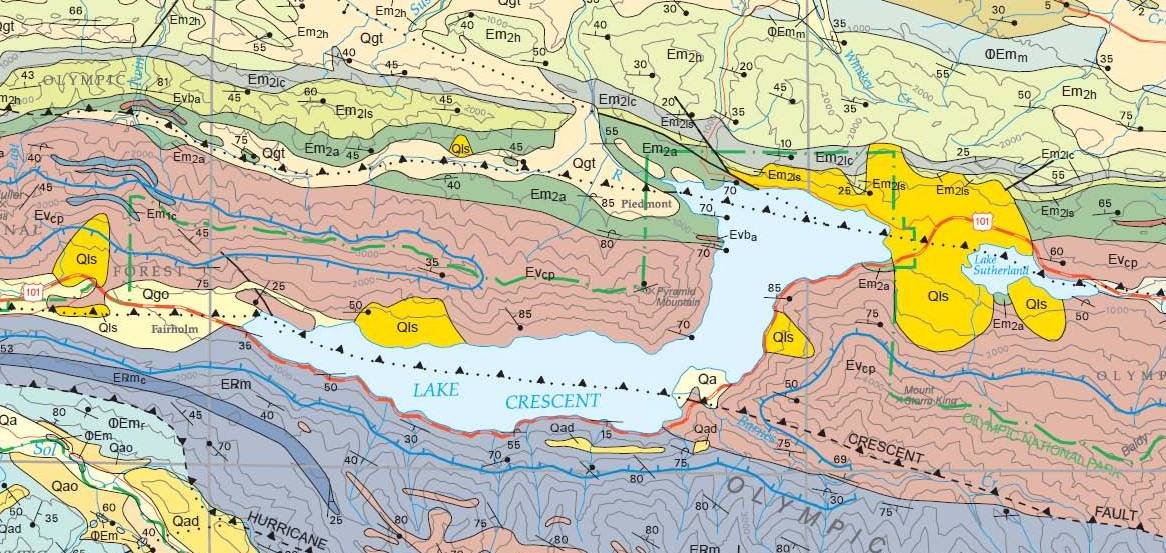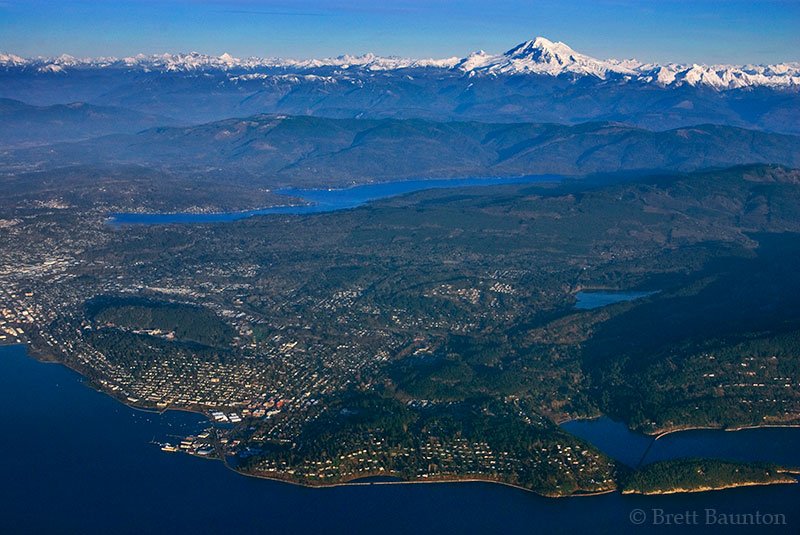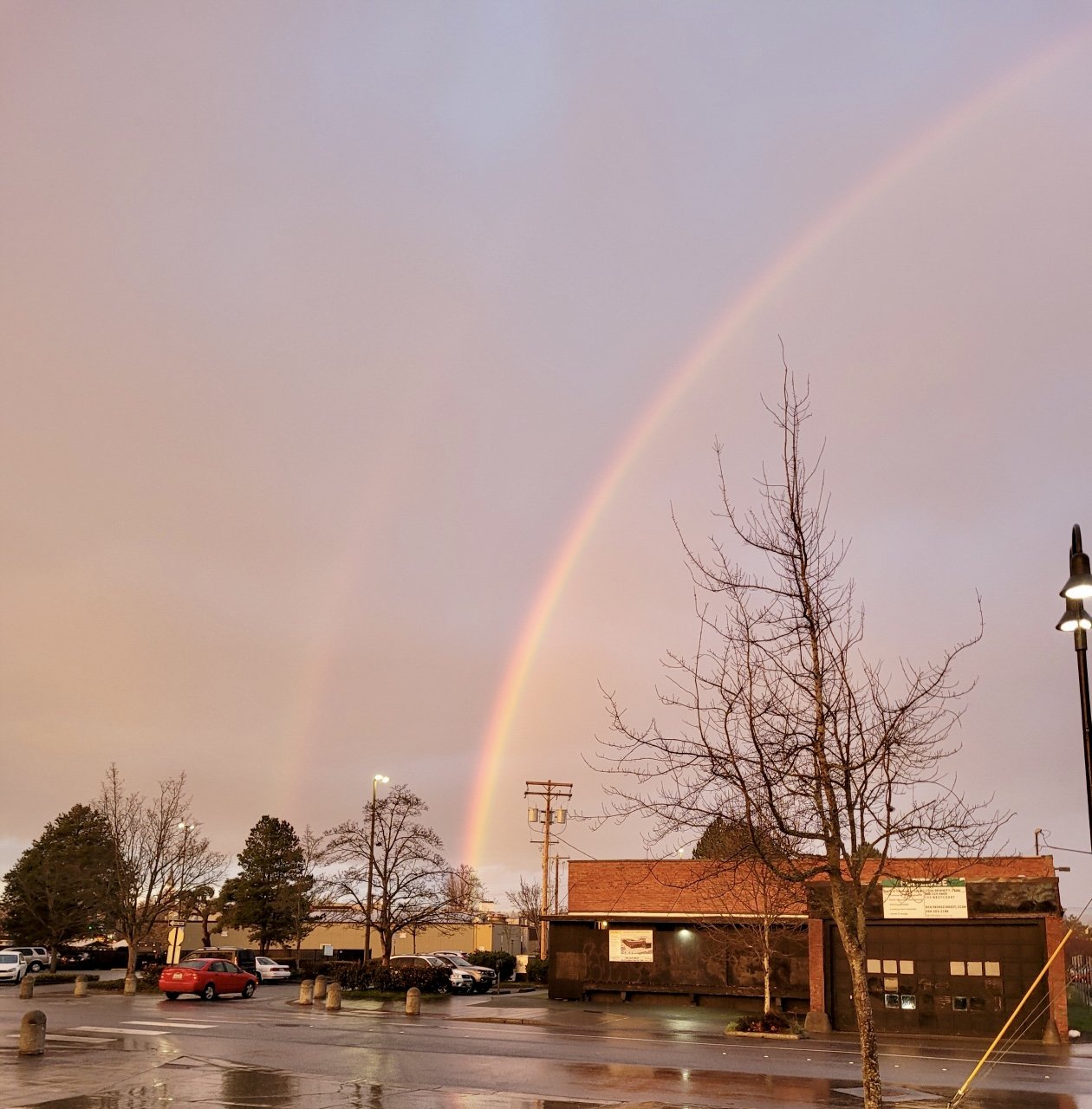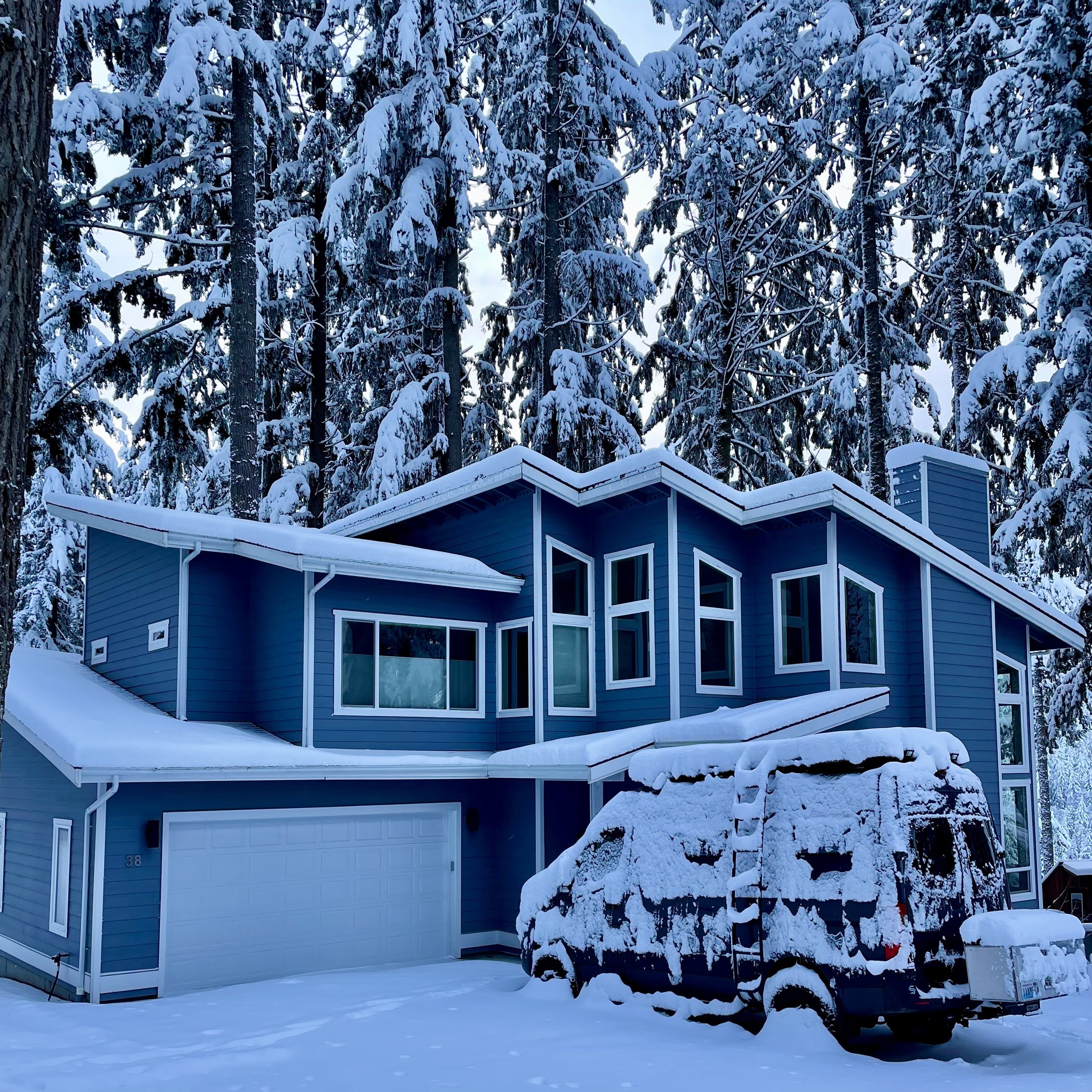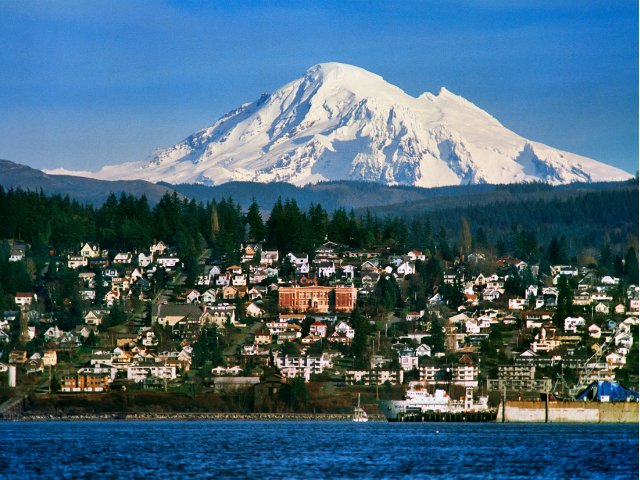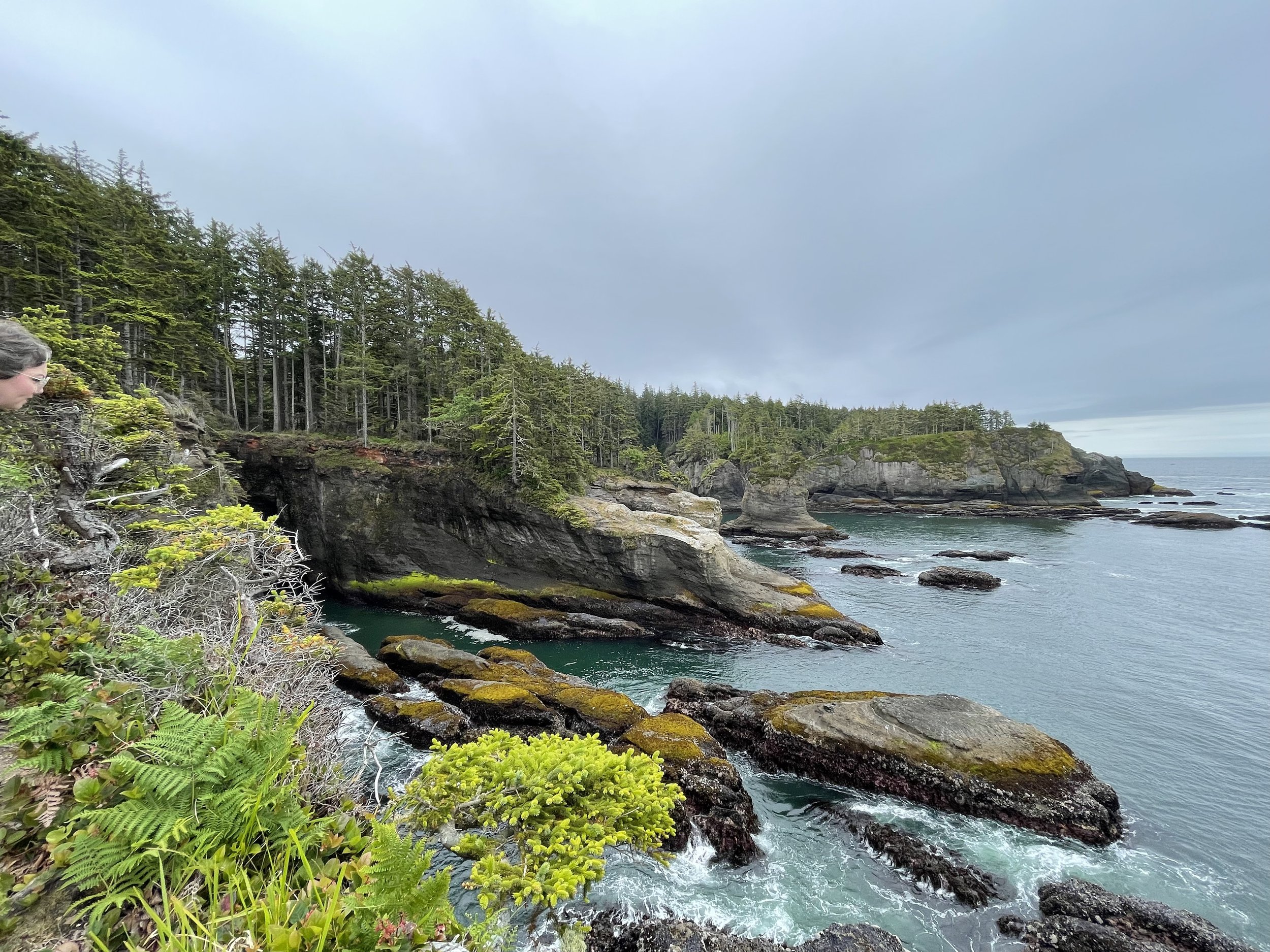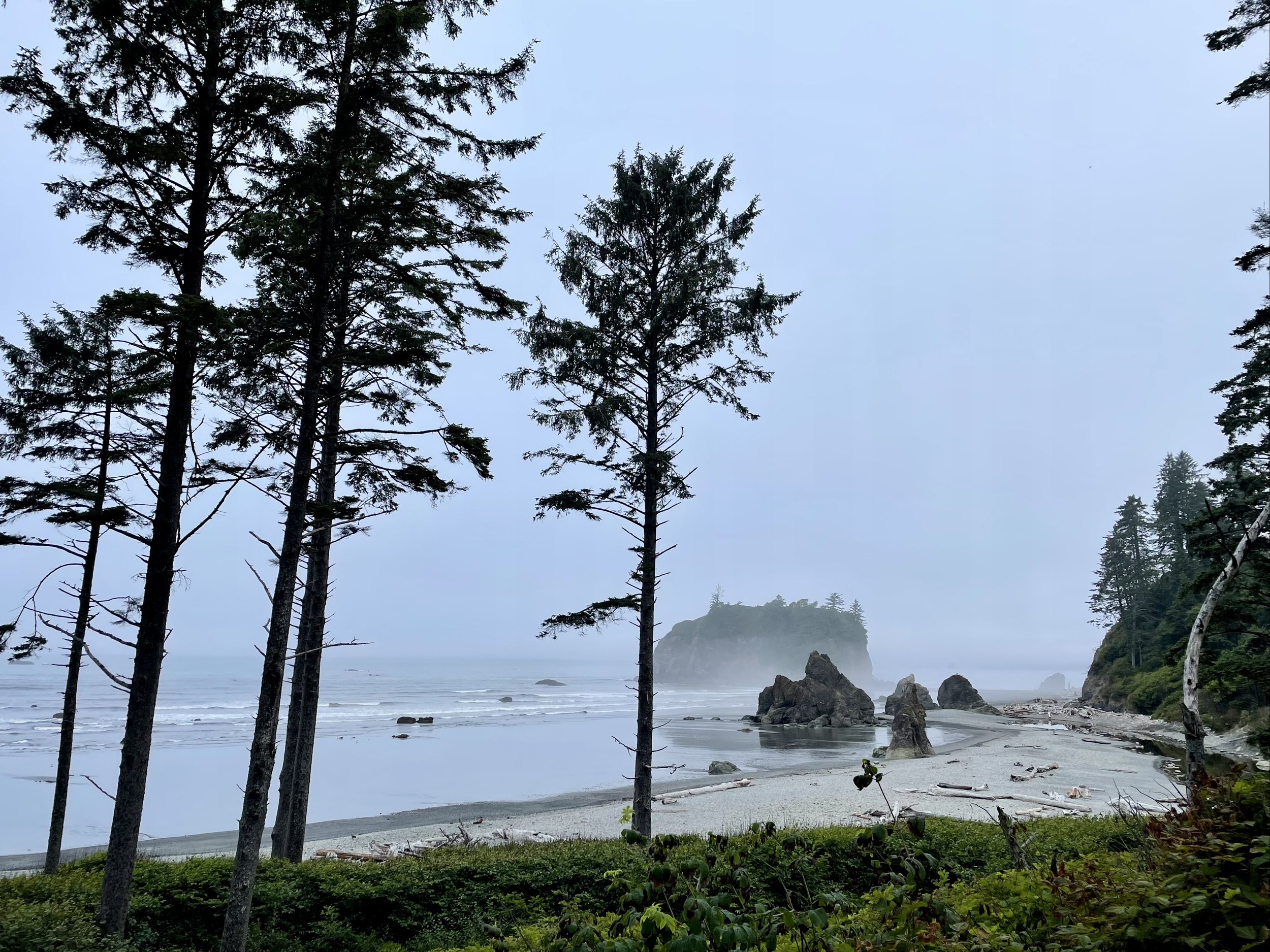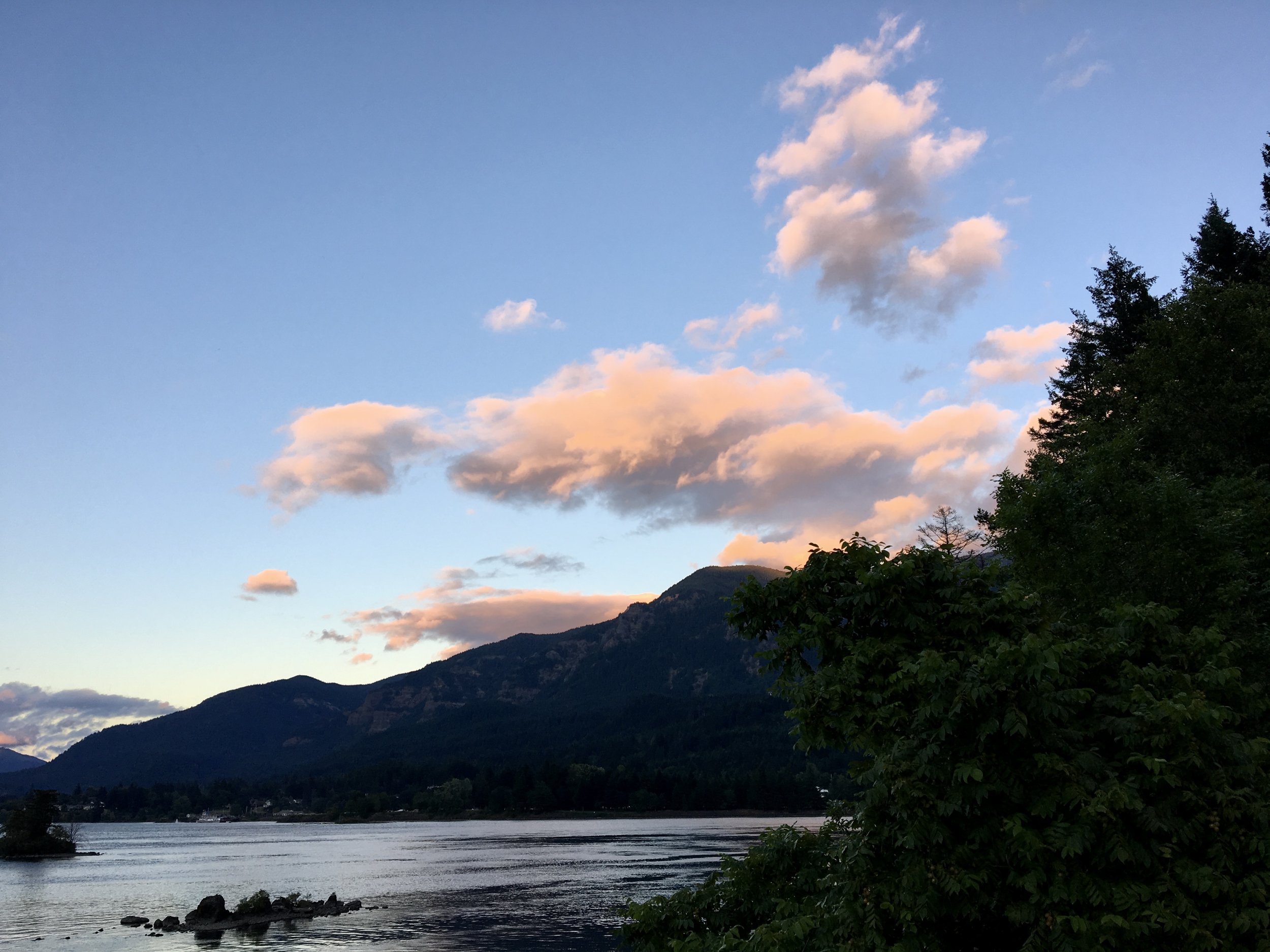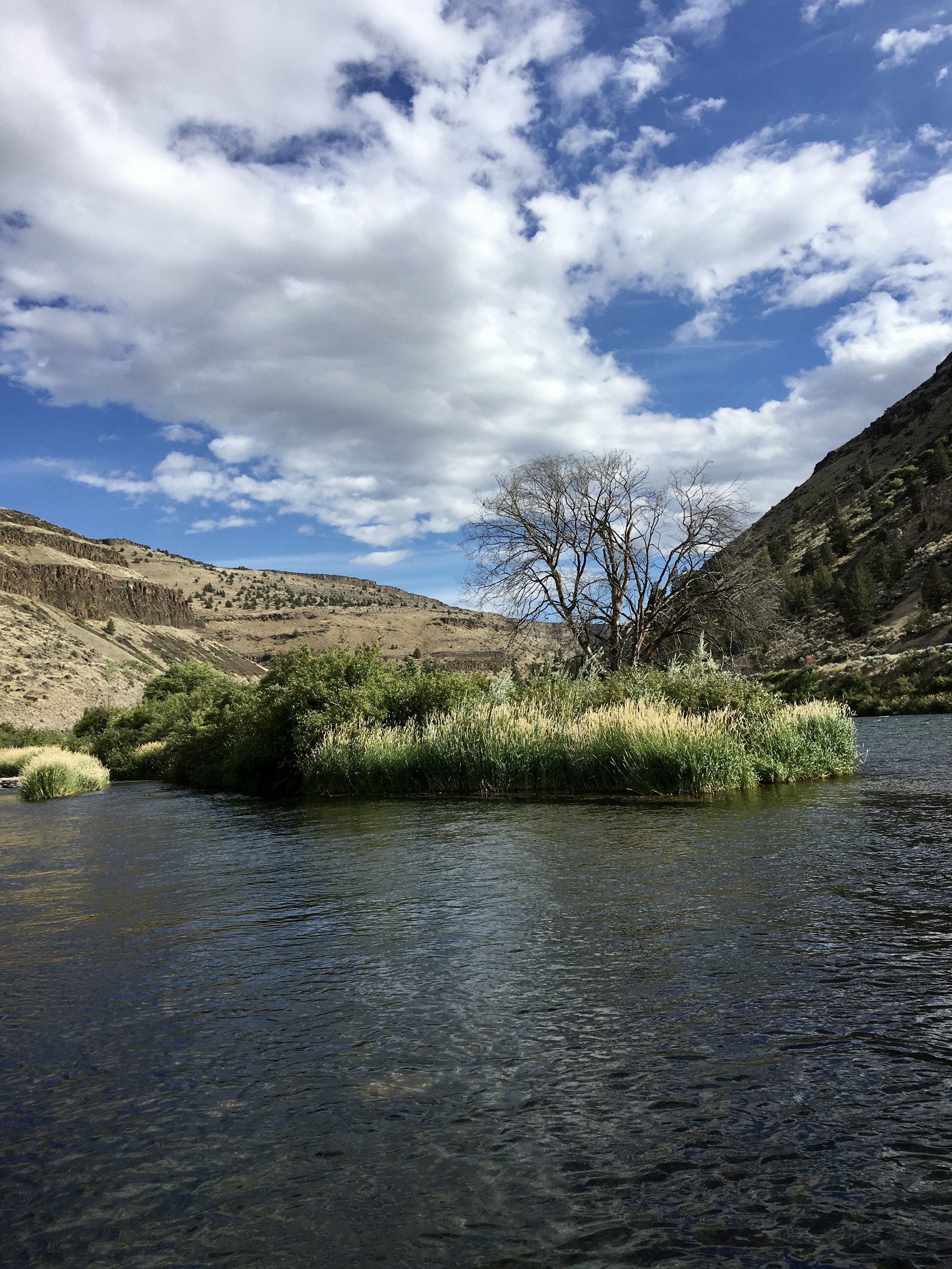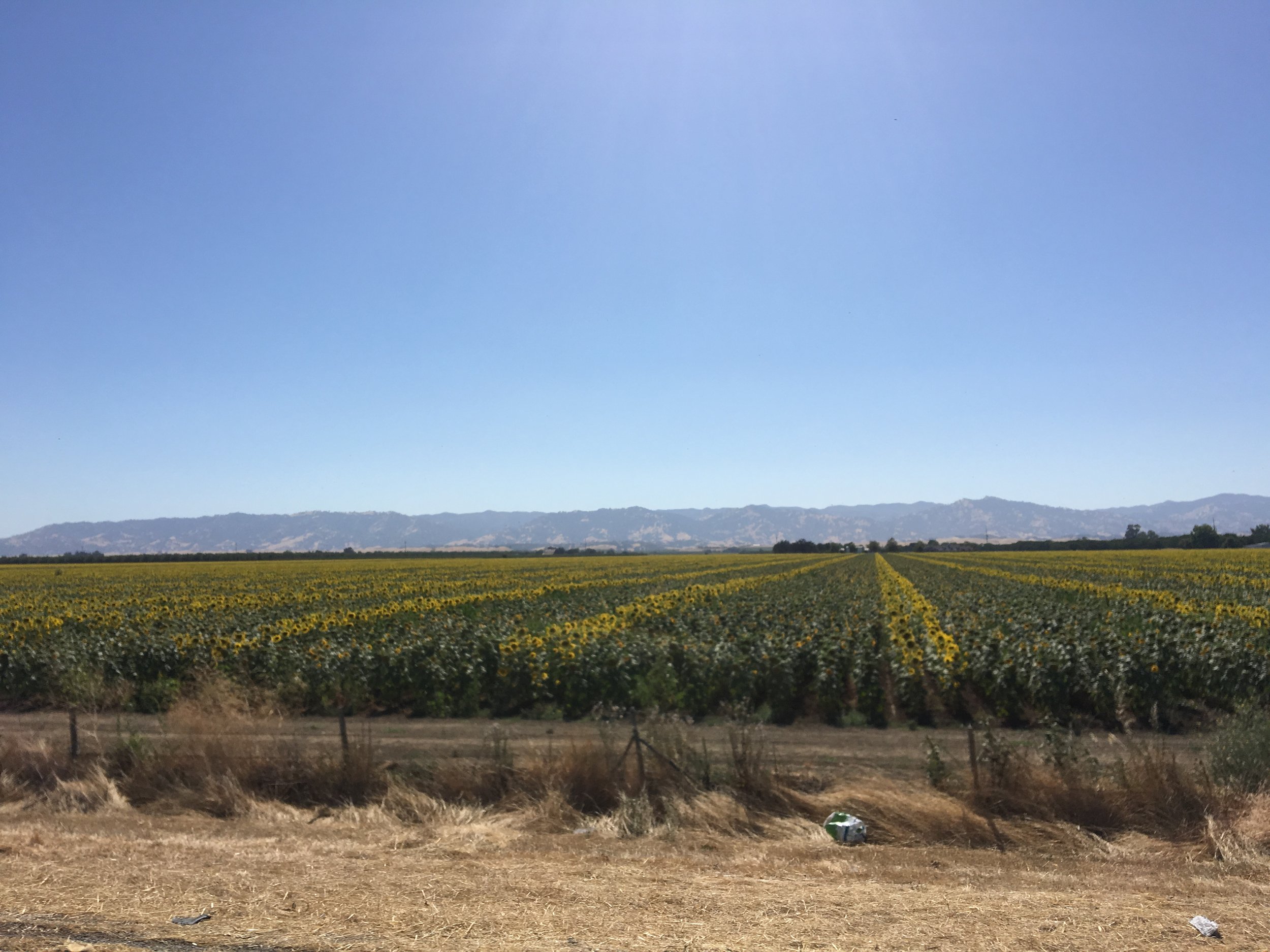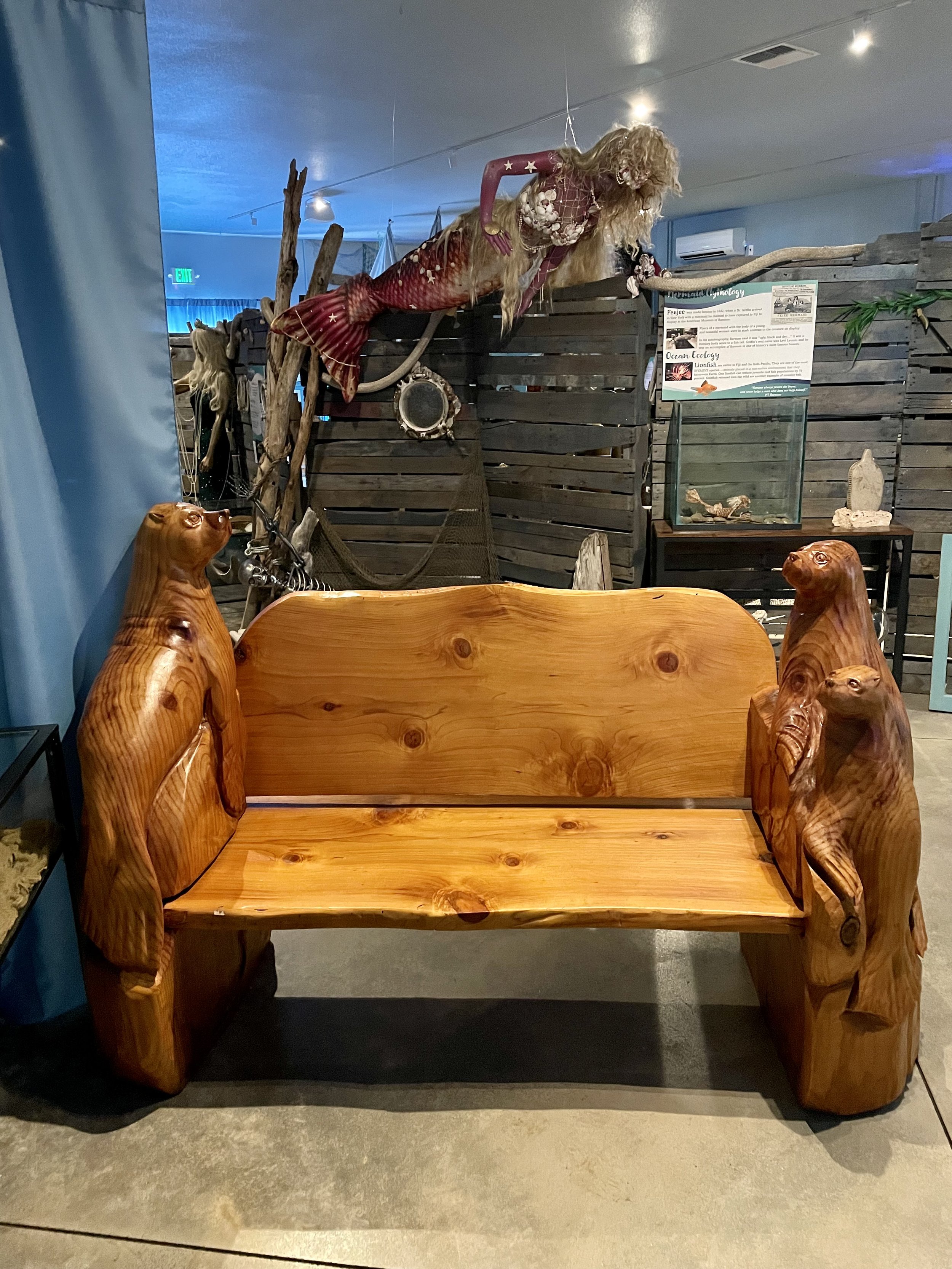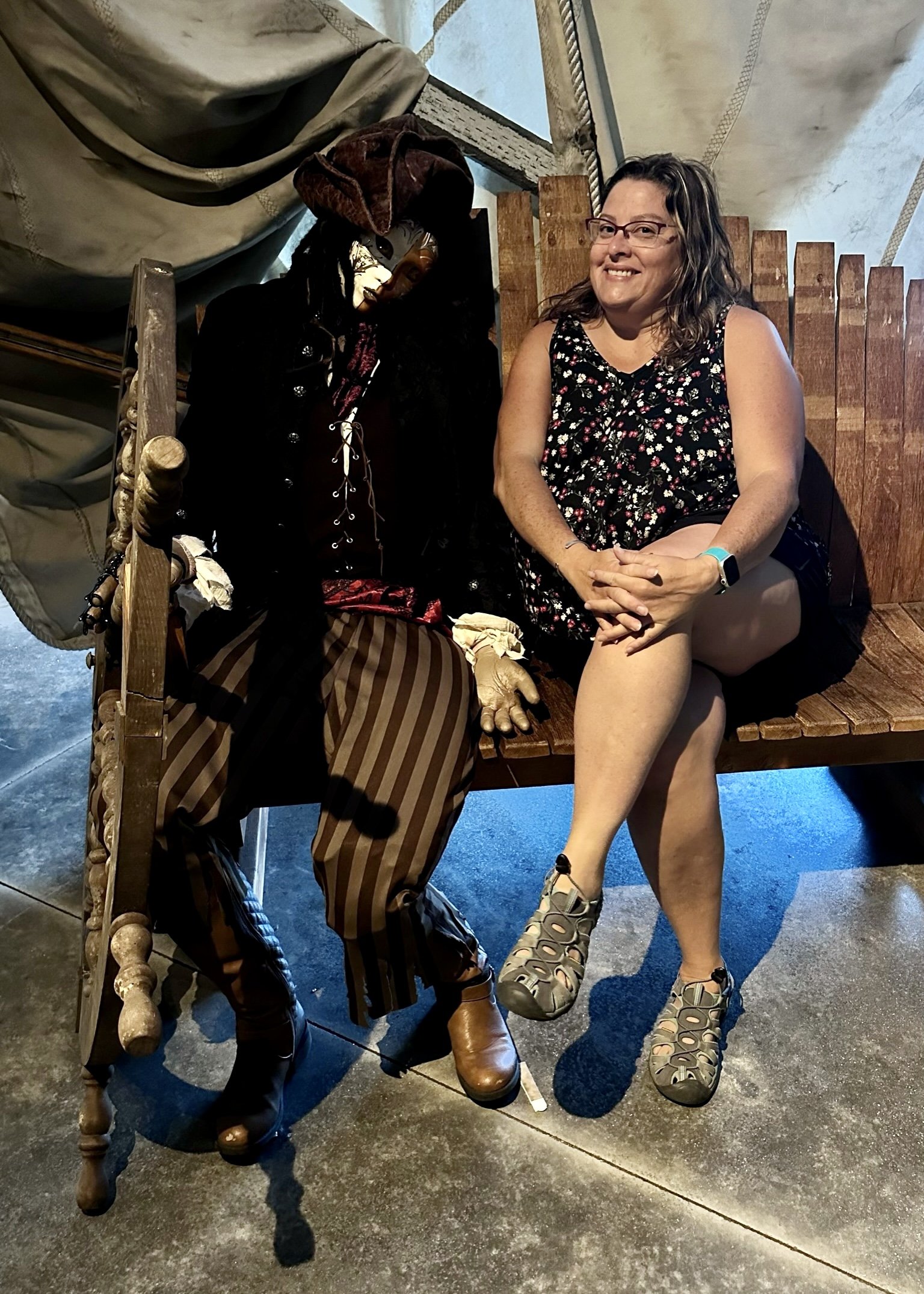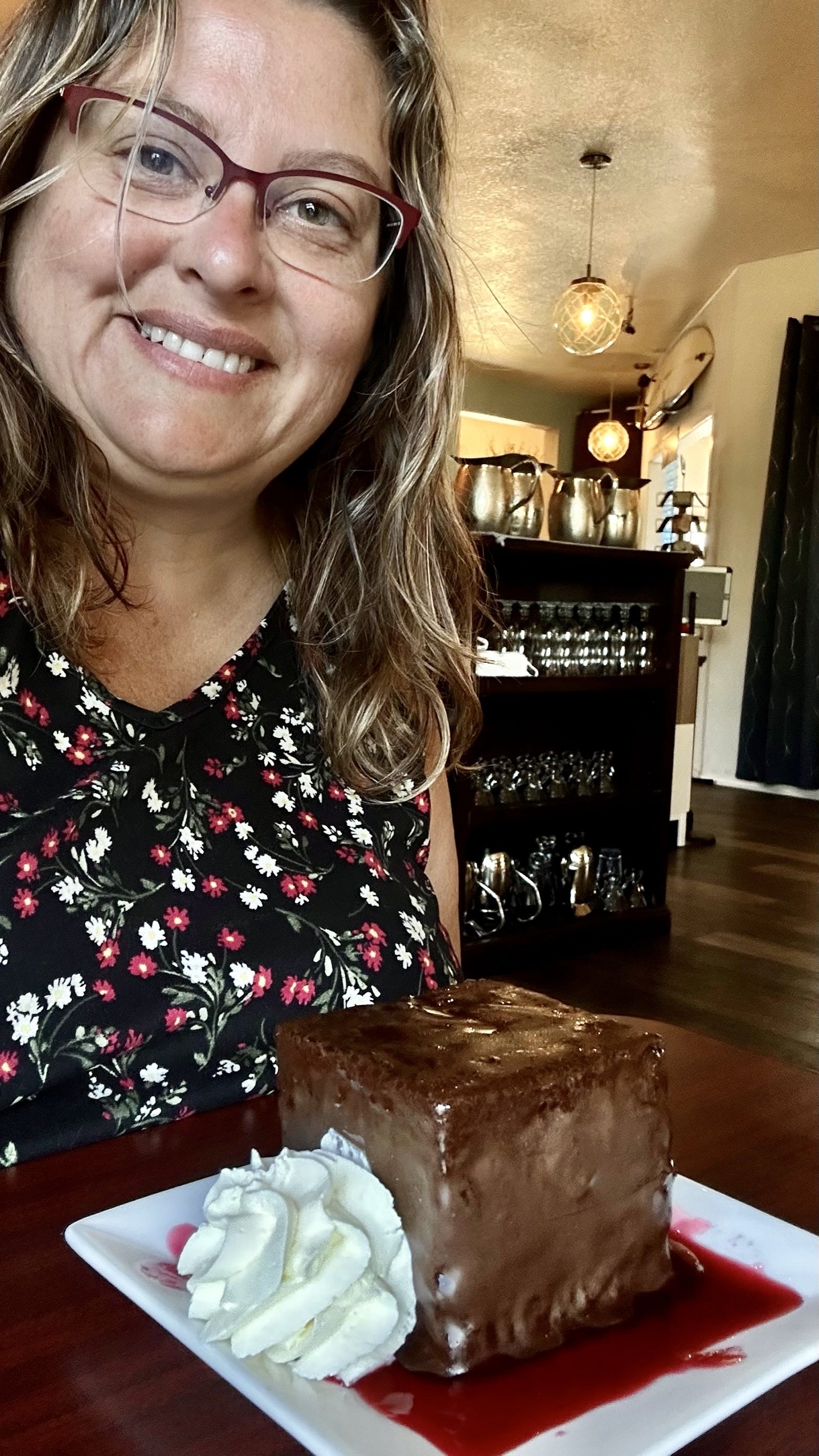Vanlife & Overlanding Events 2025
I have compiled a list of vanlife and overlanding events, gatherings, expos, and tours in the USA, Canada, Europe, and beyond! I have tried to be as thorough as possible, so there are events that are VW specific, club membership specific, and even some that are more exhibition style in order to be a fully inclusive list that has something for everybody.
Since a lot of events have been announced for 2025, I am posting this now knowing there will be many events that still need to be announced with exact dates and locations. I will continue to update this as these get announced and encourage everyone to keep checking this post for updates. If you know of any events that I am missing, please let me know so I can add it to the list.
Feel free to share this list, post it on social media, and let’s all get together and keep building this amazing nomadic community! Thank you.
January
Tourisma & Caravaning — Jan 4-6 | Magdeburg, Germany
New Year Nomad Reunion — Jan 5-8 | Kingmen, AZ
Women's RTR — Jan 8-10 | Quartzite, AZ
Vanlife Pride In The Desert — Jan 9-13 | Quartzite, AZ
Reisen & Caravanning — Jan 10-12 | Chemnitz, Germany
TRIBE Bohème Rendezvous — Jan 10-17 | Ehrenberg, AZ
Rubber Tramp Rendezvous (RTR) — Jan 11-16 | Quartzite, AZ
Xscapers Annual Bash — Jan 11-19 | Lake Havasu, AZ
Buses By The Bridge — Jan 16-19 | Lake Havasu City, AZ
Caravan, Motorhome & Holiday Show — Jan 16-19 | Manchester, UK
Caravan Freizeit Reisen — Jan 17-19 | Oldenburg, Germany
Q25 RV Rally — Jan 17-27 | Quartzite, AZ
Skooliepalooza Ungathering — Jan 17-31 | Ehrenberg, AZ
Tiny Home Show Canada — Jan 18-19 | Virtual/Online
CMT Tourism & Leisure Expo — Jan 18-26 | Stuttgart, Germany
Escapees Party on Plomosa — Jan 22 | Quartzite, AZ
Escapar A La Baja — Jan 29 - Feb 3 | San Juan de la Costa, Baja California Sur, Mexico
Caravana — Jan 29 - Feb | Leeuwarden, Netherlands
Reisemesse Dresden (Travel Fair) — Jan 31 - Feb 2 | Dresden, Germany
February
Revel In Southern Baja — Feb 1-10 | Baja, Mexico (Whale Watching)
Coddi-Aid/Van-Aid — Feb 1-14 | Quartzite, AZ
Revel Road Rock'N'Roll: Prescott Forest — Feb 6-8 | Bagdad, AZ
Caravaning Hamburg — Feb 6-9 | Hamburg, Germany
Scottish Caravan Motorhome & Holiday Home Show — Feb 6-9 | Glasgow, Scotland
VanFest: LIFTOFF — Feb 6-10 | Melbourne, FL
Skooliepalooza — Feb 7-14 | near Quartzite, AZ
Arizona Ironwood Meet Up — Feb 7-10 | Marana, AZ
Truck Camper Adventure Rally — Feb 12-16 | Quartzite, AZ
Anfaş Kamptalya Outdoor — Feb 12 -16 | Antalya, Turkey
ABF Motorhome & Camping Fair — Feb 12 -16 | Hannover, Germany
Caravanfrühling (Car Travel Expo) — Feb 15-16 | Münster, Germany
Reise + Camping Essen — Feb 19-23 | Essen, Germany
F.RE.E 2025 (Travel Expo) — Feb 19-23 | Germany
Daphne’s 8th Annual Sleepover — Feb 21-23 | Wellton, AZ (VW Campout)
Skoolie Swarm — Feb 21 - Mar 2 | Melrose, Fś
Beijing International Motorhome & Camping Convention (RVCC) — Feb 27 - Mar 2 | Beijing, China
Southeast Adventure Vehicle Expo — Feb 28 - Mar 2 | Starke, FL
March
Caravantur 2025 - Mar 7-9 | Irun, Spain
Peace Love & Vans — Mar 7-10 | Dade City, Florida
TinyFest California — Mar 8-9 | San Diego, CA
Freizeit, Touristik & Garten (Motorhomes & Campers) — Mar 12-16 | Nuremberg, Germany
Jasper Jeep Jam — Mar 13-16 | Jasper, AR
Stockholm Husvagn Husbil (Everything For Road Trips) — Mar 13-16 | Stockholm, Sweden
The Yorkshire Motorhome & Campervan Show — Mar 14-16 | Harrogate, UK
Camper Expo — Mar 14-16 | Utrecht, Netherlands
Revel In Southern Baja — Mar 15-24 | Baja, Mexico (Whale Watching)
Overland Expo SoCal — Mar 16-18 | Costa Mesa, CA
Boot & Angeln Camping & Caravaning — Mar 21-23 | Rostock, Germany
Southeast Overland Camping Event — Mar 28-30 | Petros, TN
April
Revel Backroads Excursion: Big Bend — Apr 3-6 | Big Bend, TX
Van Rally @ Whatcom County Home & Lifestyle Show — Apr 4 | Lynden, WA
OCA (Ostschweizer Camping- und Freizeit-Ausstellung) 2025 — Apr 9-13 | St. Gallen, Switzerland
Caravan Tiny House ve Doğa Sporları Fuarı — Apr 9-13 | Istanbul, Turkey
Camping & Caravanning Expo — Apr 11-13 | Sofia, Bulgaria
Revel Campfire & Cacti Chronicles — Apr 11-13 | Gerlach, NV
Vee Dub Family Birthday Weekender Camp Out — Apr 12-14 | Brean, Somerset, UK
Red Rock 4-Wheelers Easter Jeep Safari — Apr 12-20 | Moab, UT
California Overland Adventure & Power Sports Show — Apr 12-13 | Pomona, CA
RendezVan — Apr 17-20 | Mt Bachelor, OR
CamperFest — Apr 17-21 | Chester, Chestershire, UK
Van Jam Campout — Apr 17-21 | Jacumba, CA
Adventure Van Expo — Apr 19-20 | Ventura, CA
MOORE Expo — Apr 25-26 | Springfield, MO
Alive & Kickin — Apr 25-27 | Haughley Park, Suffolk, UK
Dubs At The Mill — Apr 25-27 | Crewkerne, UK
Camper Van Week-End — Apr 25-27 | Angers-Brissac, France
Escapees Best of Nashville HOP — Apr 27 - May 2 | Nashville, TN
Georgia Tiny House Festival — TBD | Madison, GA
A Roam Of Our Own — ON HIATUS IN 2025 | Fallbrook, CA (womxn only)
May
Syncro-Fest — May 1-4 | Hollister Hills, CA
Revel Grit & Gravel: The Ladies' Off-Road Escape — May 1-4 | Nashville, TN (ladies only)
Cheat River Festival — May 2-3 | Albright, WV
Campervan Campout — May 2-4 | Haywards Heath, West Sussex, UK
VW Camp Out — May 2-5 | Budle Bay, Northumberland, UK
Derbyshire Dubs — May 8-11 | Wardlow, Derbyshire, UK
VanWest — May 9-11 | Somerset, UK
GlampFest — May 9-11 | Scotton, Knaresborough, UK
Camp Carpe Diem — May 15-18 | Salida, CO
Overland Expo West — May 16-18 | Flagstaff, AZ
Cleanup Campout for KORC 2025 — May 16-18 | Copper Harbor, MI
VW Breakout — May 16-18 | Wellingborough, UK
Dubs In The Middle — May 22-25 | Hanley Castle, Worcestershire, UK
Volksfling — May 23-25 | Biggar, South Lanarkshire, Scotland
ClubFest — May 23-27 | Bolesworth Castle, Cheshire, UK
NZMCA Motorhome, Caravan & Leisure Show — May 24-25 | Christchurch, New Zealand
Westest VW Fest — May 29 - Jun 1 | Pembrokeshire, UK
Vanlife Festival — May 30 - Jun 1 | West Mid Showground, Shrewsbury, UK
Midwest Women’s Off-road Weekend 2025 — May 30 - Jun 1 | White Lake, WI
Music City Motorhome Expo — May 31 - Jun 4 | Lebanon, TN
June
Alive & V-Dubbin — Jun 5-8 | Haughley Park, Suffolk, UK
Vanfest 28 — Jun 5-8 | Aylmer, Ontario, Canada
Volksfest Bristol — Jun 6-8 | Bristol, UK
Randi’s Adventures ‘Wanna Camp Together’ Meetup — Jun 6-8 | Custer, SD
Overland Adventure Expo — Jun 6-8 | Stockholm, Sweden
Campers & Coffee — Jun 7-8 | Hellingly, Hailsham, UK
Mighty Dub Fest — Jun 13-15 | Alnwick Castle, Northumberland, UK
Camperlife @ Stratford — Jun 13-15 | Stratford-upon-Avon, UK
Vanlife Iceland Midsummer Edition — Jun 15-22 | Iceland
Range To Ranch Retreat — Jun 19-22 | Mackay, ID
Vee Dub Family 2025 Weekender Campout — Jun 20-22 | Brean Sands, Burnham on Sea, UK
The Bus Fair — Jun 20-22 | Oakridge, OR
VanJamboree — Jun 20-22 | Kelham Hall, Newark, UK
VanLife Fest — Jun 20-22 | Scampston Hall, Malton, North Yorkshire, UK
Adventure Van Expo — Jun 21-22 | Hood River, OR
Overland Expo PNW — Jun 27-29 | Redmond, OR
Northwest Overland Rally — TBD | Plain, WA
OverlandNTH The Rally — TBD | Muskoka, Ontario, Canada
The Caravan — ON HIATUS IN 2025 | Naturita, CO
July
Camp Pride — Jul 3-6 | Eugene, OR
Vans In The Valley — Jul 3-6 | Reeth, North Yorkshire, UK
Camper Jam — Jul 4-6 | Weston Park, Shropshire, UK
VanLife Michigan — Jul 4-6 | Hemlock, MI
52nd National Truck-In — Jul 9-13 | Albert Lea, MN
Volks Power — Jul 10-13 | Redcar, UK
Revel Trout, Trails & Tales — Jul 10-13 | Ennis, MT to West Yellowstone, MT
Dorset Volksfest — Jul 11-13 | Wareham, Dorset, UK
Tiny Home Show Canada — Jul 11-13 | Ancaster, Ontario, Canada
Dubs At The Castle — Jul 17-20 | Caldicot Castle, Monmouthshire, UK
Vanlove — Jul 18-20 | Elvington Airfield, York, UK
Vanstock Alaska — Jul 18-21 | Palmer, AK
Alberta Outdoor Adventure Expo — Jun 20-22 | Yellowhead Country, Alberta, Canada
Dubbed Out Festival — Jul 24-27 | Cheshire, UK
Vanlife & Overlander Celebration — Jul 25-27 | Thatcham, Berkshire, UK
Bug Jam — Jul 25-27 | Santa Pod Raceway, Podington, Wellingborough, Northants, UK
Dubs South Campout — Jul 25-27 | Hampshire, UK
Dinky Dub Fest — Jul 25-27 | Druridge Bay Country Park, Northumberland, UK
Adventure Van Expo — Jul 26-27 | Evergreen, CO
Colorado Tiny House Festival — TBD | Brighton, CO
BC Overland Rally — TBD | Kelowna, BC, Canada
Urban Van Festival — TBD | East Sussex, UK
Holy Toledo — ON HIATUS IN 2025 | Toledo, OR
August
Van Vibes Festival — Aug 1-3 | Surrey, UK
Skoolie U.P. — Aug 1-11 | Upper Peninsula Michigan
VW Festival — Aug 8-10 | Harewood House, Leeds, UK
Slumber on the Humber — Aug 8-10 | Whyam, Grimsby, UK
DubNess Gathering of the Vans — Aug 8-10 | Inverness, Scotland
Vanlife Iceland Lofoten #1 — Aug 9-15 | Lofoten, Iceland (SOLD-OUT)
Vanlife Iceland August — Aug 9-16 | Iceland
Volksfest Wales — Aug 15-17 | Watton Show Fields, Brecon, Wales, UK
V Dub At The Pub — Aug 15-17 | Dorset, UK
Vanlife Iceland Lofoten #2 — Aug 15-21 | Lofoten, Iceland
VanFest: Escape to the Cape — Aug 21-25 | Cape Cod, MA
Annual Great Smoky Mountain Jeep Club Invasion — Aug 21-23 | Pigeon Forge, TN
Overland Expo Mtn West — Aug 22-24 | Loveland, CO
Vanlife Eats — Aug 22-24 | Dummer Farm, Basingstoke, Hampshire, UK
Beach Gathering — Aug 22-25 | Budle Bay Farm, Northumberland, UK
Caravan Salon — Aug 29 - Sep 7 | Düsseldorf, Germany
Vanlife Iceland Northern Lights #1 — Aug 30 - Sep 6 | Iceland
Kamper Fest — TBD | Dover, UK
Cranium Campout — TBD | Stoke Heath, Bromsgrove, UK
Northwest MogFest — TBD | Sheridan OR
Mid-Atlantic Overland Festival — TBD | Huntingdon County, Central PA
OverlandNTH The Gathering — TBD | Renfrew County, Ontario, Canada
September
Druridge Bay Campout — Sep 4-7 | Northumberland, UK
Volkswagen-Klassiker auf der Postalm — Sep 5-7 | Abtenau, Austria
Red Clay Rally — Sep 5-7 | Location TBD
Adventure Van Expo — Sep 6-7 | Enumclaw, WA
Camp Carpe Diem — Sep 11-14 | Cascade, ID
VanWILD — Sep 11-14 | Montrose, CO
Keweenaw Overland Adventure Retreat (KOAR) — Sep 11-14 | Copper Harbor, MI
Busfest — Sep 12-14 | Three Counties Showground, Malvern, Worcestershire, UK
Overland of America — Sep 12-14 | Jay, OK
Adventure X Fest — Sep 12-14 | Circleville, WV
California Overland Adventure & Power Sports Show — Sep 13-14 | Sonoma, CA
Vanlife Iceland Northern Lights #2 — Sep 13-20 | Iceland
Salone Del Camper — Sep 13-21 | Parma, Italy
M25 The Gathering — Sep 18-21 | Merrill, MI
Northwest Nomads — Sep 18-22 | Fort Rock, OR
Vanlife Iceland Northern Lights #3 — Sep 21-28 | Iceland
Big Iron Overland Rally — Sep 26-27 | West Mineral, KS
Retro Dub Suffolk VW Festival — Sep 26-28 | Suffolk, UK
Dubs In T’Dales — Sep 26-28 | Thorp Perrow, Bedale, North Yorkshire, UK
Chattanooga Overlanding Expo — Sep 28-29 | East Ridge, TN
Campers & Coffee — TBD | Hailsham, UK
Revel Club Meetup 2025 — TBD | Rocky Mountain National Park, CO
VanFest NE Region — TBD | New England
Teton Overland Show — TBD | Idaho Falls, ID
Panhandle Overland Rally — TBD | Sandpoint, ID
Toyo Tires Trail Pass Overland — TBD | Big Bear, CA
October
The Pilgrimage — Oct 2-5 | South Royalton, VT
Overland Expo East — Oct 3-5 | Arrington, VA
Oktoberfest UK — Oct 3-5 | River Dart Country Park, Devon, UK
Revel Albuquerque Balloon Fiesta — Oct 3-6 | Albuquerque, NM
Adventure Van Expo — Oct 4-5 | San Juan Capistrano, CA
Off-Road Expo — Oct 4-5 | Pomona, CA
Moonlanding — Oct 9-13 | Pinehill, NM
National Overland Show — Oct 10-12 | Stratford-upon-Avon, UK
Salón Internacional del Caravaning — Oct 11-19 | Barcelona, Spain
Rendezvous in the Ozarks — Oct 16-18 | Ozark, AR
Overland the Red — Oct 16-19 | Stanton, KY
Van-O-Ween — Oct 30 - Nov 3 | Apache Junction, AZ
Texas Avid Outdoors Fall Expo — TBD | Llano, TX
C.H.A.S.M.Fest — TBD | Lake Havasu City, AZ
Skooliepalooza — TBD | Moab, UT
Copperstate Overland — TBD | Northeastern AZ
Roof Top Tent Rally — TBD | Gladstone, VA
November
Florida Tiny House Festival — TBD | Gainesville, FL
Outdoor Adventure Rendezvous — TBD | Bedford County, VA
December
Nomadic Creatives — TBD | Northwest, AZ
TBD / Postponed / Canceled
Camp Quirky — TBD | Northamptonshire, UK
Outdoor Adventure X — TBD | Huntsville, UT
Small Home Expo — TBD | Abbotsford, BC, Canada
Rose Fest — TBD | Salida, CO
People's Tiny House Festival — TBD | Loveland, CO
Open Roads — TBD | McCall, ID
Descend On Bend — TBD | OR
Vanquinox — TBD | Grandjean, ID
Midwest Vanlife — TBD | Makanda, IL
TNT Overlander — TBD | Petros, TN
Vanlife Australia — TBD | Bundjalung Region, Gold Coast, Australia
Wandering Footprint — TBD | Saanichton, BC
Out To Grass — TBD | Worcestershire, UK
Other
Crossroads App — Community Based Events
Sēkr App — Community Based Events
Good Vibe Collective — Various Events Throughout The Year
Seattle Vanlife Meetup — Monthly Seattle Meetup
Vanlife & Nomadic Living — San Diego Meetups
Vanlife Campgrounds — Community Oriented Homebases For Nomads
Project Van Life — Yearly Online Summit
Xscapers — Yearly Events For Members
Four Wheel Campers — RV/Popup Truck Campers Events
Trail Wolves — Regular Events including Rodeo X Rigs
Backcountry Discovery Routes — Regular Rallies, Off-Road Schools, and Adventures
Nomads Unite — East Coast Field Trips & Gatherings
Vanlife & Nomads (USA) — Facebook Group w/ Events Posted
Arizona Love Gathering — Regional Rainbow Gathering
Overland BC — Overlanding Enthusiasts in British Columbia, Canada
Home On Wheels Alliance — Virtual Caravan Connections
Black Nomads Meet — Black Nomadic Community Gatherings
Buddhist Boondockers — Regular Meetups Throughout The Year
If you know of any events that aren’t listed, please leave a comment with link so I can add it!

